GPS Navigation Systems
GPS navigation systems often misdirect visitors driving to Ulysses S. Grant National Historic Site. GPS systems often route visitors to our back gate, or to the entrance for Grant's Farm (not affiliated with the NPS). Please visit our directions page.
| Title | Ulysses S Grant |
| Park Code | ulsg |
| Description | Ulysses S. Grant is known as the victorious Civil War general who saved the Union and the 18th President of the United States. He first met Julia Dent, his future wife, at her family home, named White Haven. From 1854 to 1859 the Dents, Grants an... |
| Location | |
| Contact | |
| Activities |
|
| Entrance fees |
|
| Campgrounds | Count: 0
|
| Places | Count: 16
Black Oak Tree at Ulysses S. Grant NHSOnly one tree standing on the park grounds of Ulysses S. Grant National Historic Site today has been confirmed to have stood when Ulysses S. Grant lived on this property. It is a Black Oak tree that was planted around the year 1829. 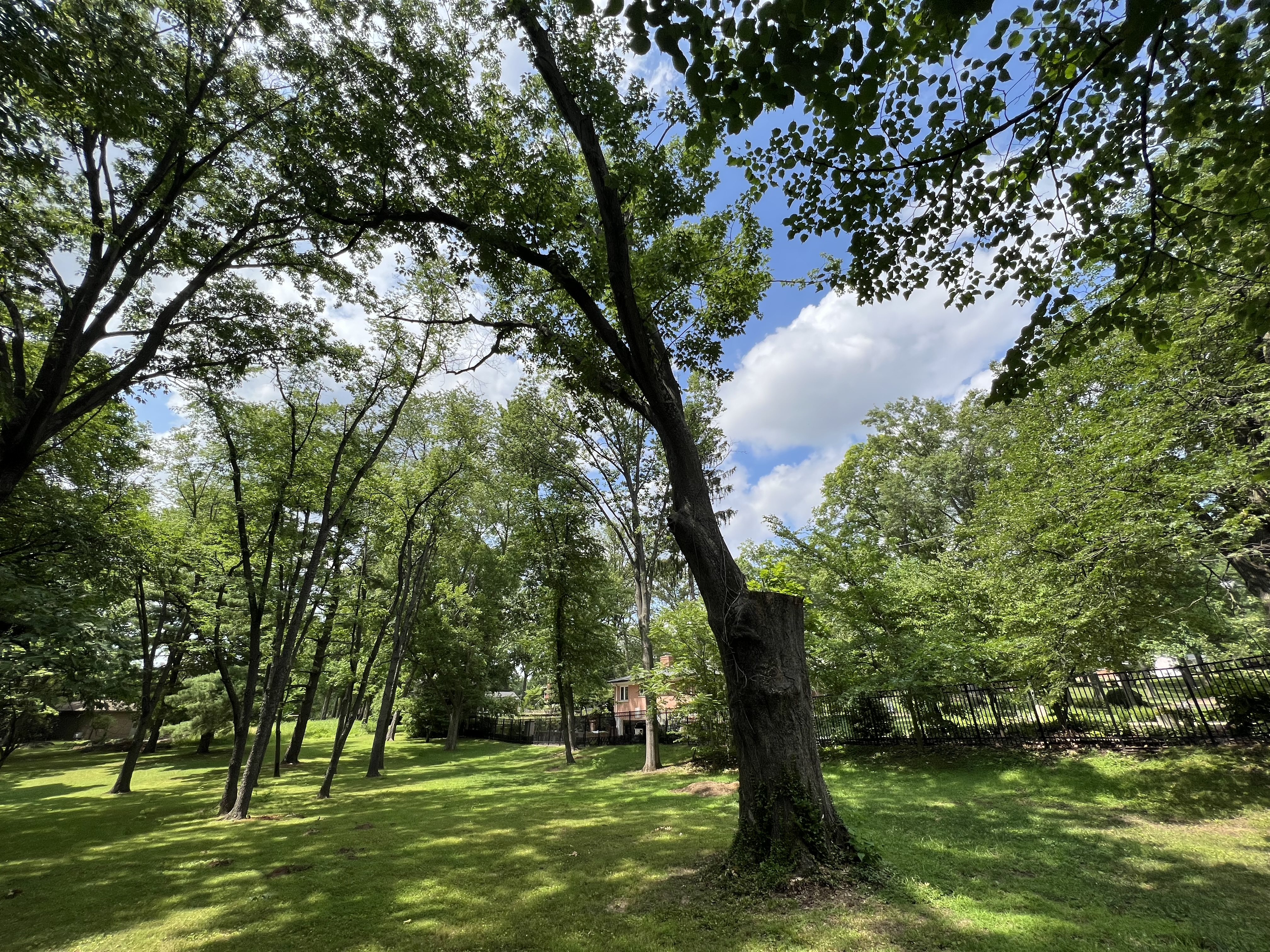
Dawn Redwood Trees at Ulysses S. Grant NHSDawn Redwood trees are a nearly extinct deciduous tree indigenous to China. They are not as large as their famous relatives in the California forests, but contain many similar traits, including their bark and colorful fall leaves. 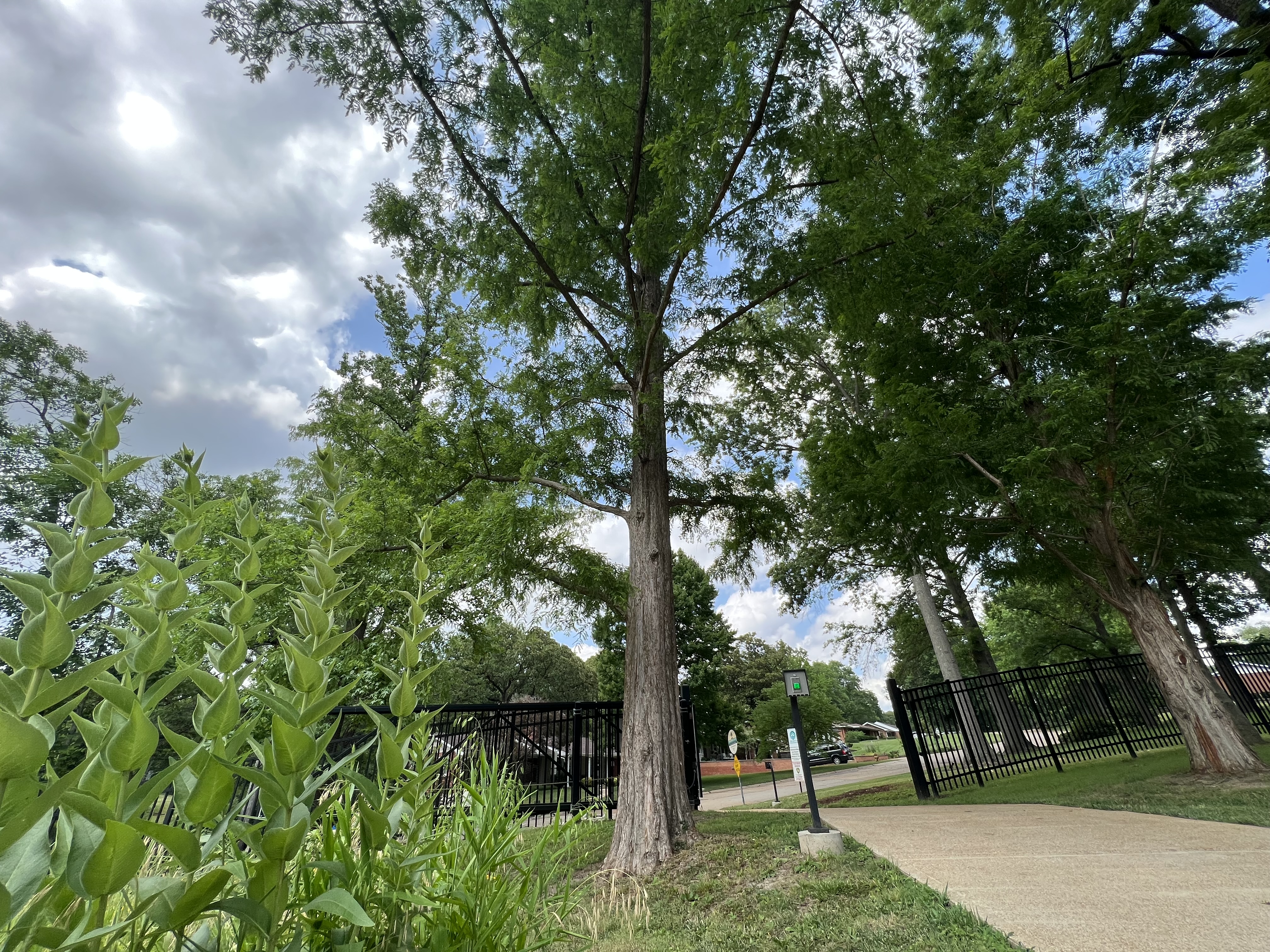
Father Dickson CemeteryFather Dickson Cemetery is a historic African American cemetery that serves as the final resting place for numerous Black St. Louisians who were contemporaries of Ulysses S. Grant. 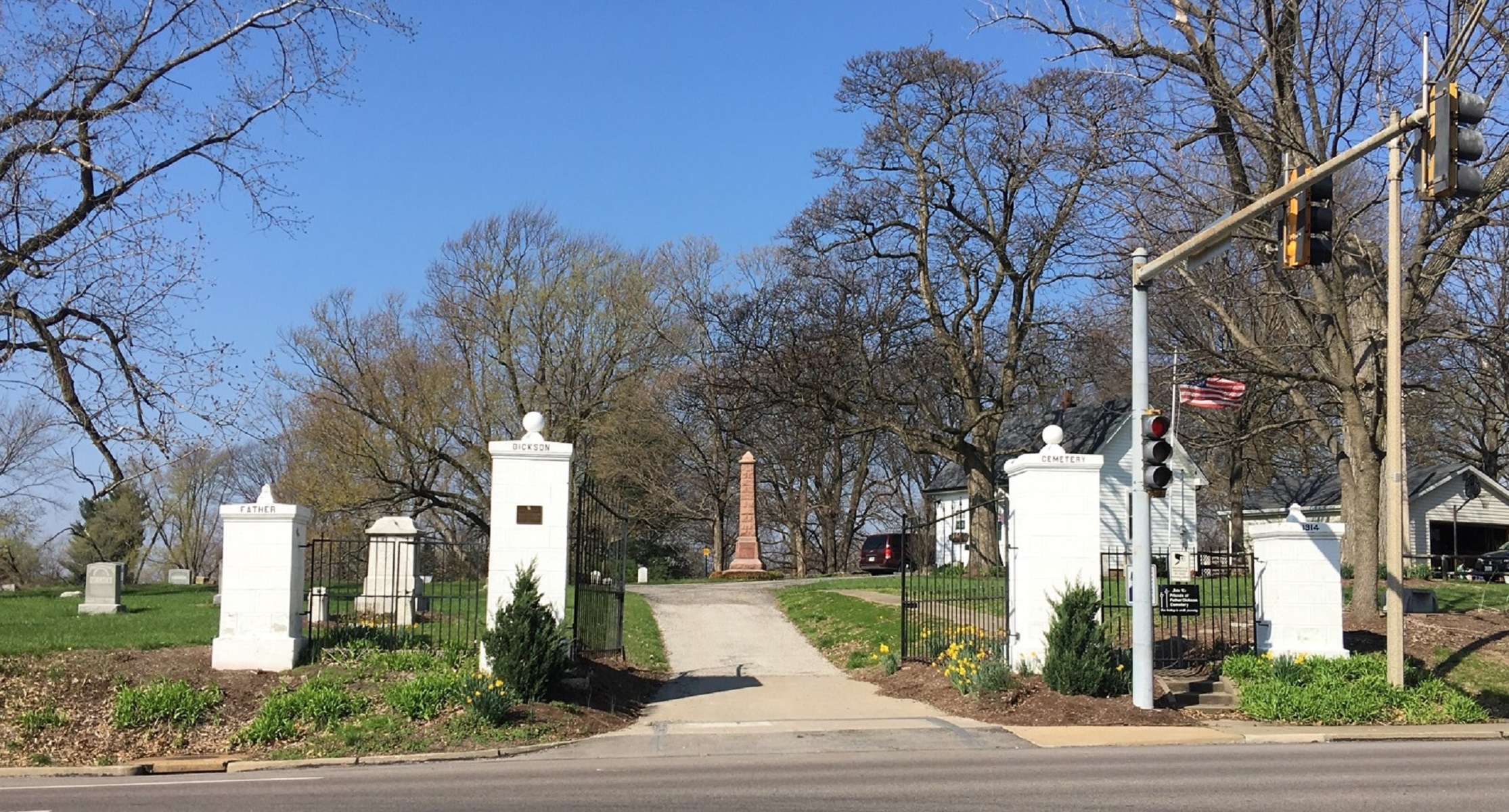
Flowering Dogwood Trees at Ulysses S. Grant NHSFlowering Dogwood trees can be seen throughout the state of Missouri and several of them are planted here at Ulysses S. Grant National Historic Site. 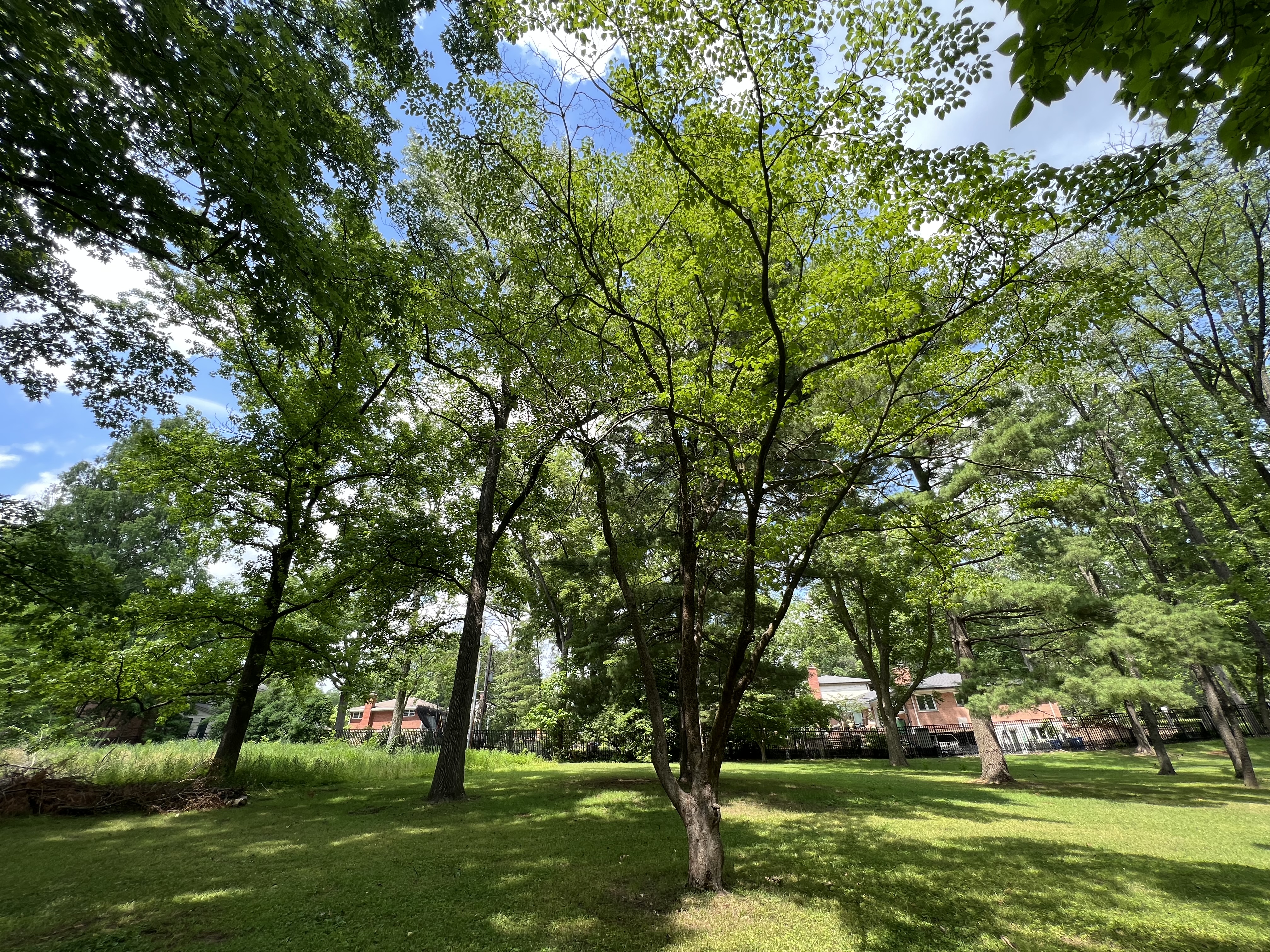
Gingko Trees at Ulysses S. Grant NHSGingko trees are some of the oldest known trees on earth. Several gingko trees are on the park grounds at Ulysses S. Grant National Historic Site, including one that is estimated to have been planted at some point in the late 19th or early 20th centuries. 
Grant's FarmGrant's Farm is a 280-acre wildlife park owned and operated by Anheuser-Busch InBev and adjacent to Ulysses S. Grant NHS. This property was part of the White Haven estate in the 19th century when Ulysses S. Grant lived in St. Louis. 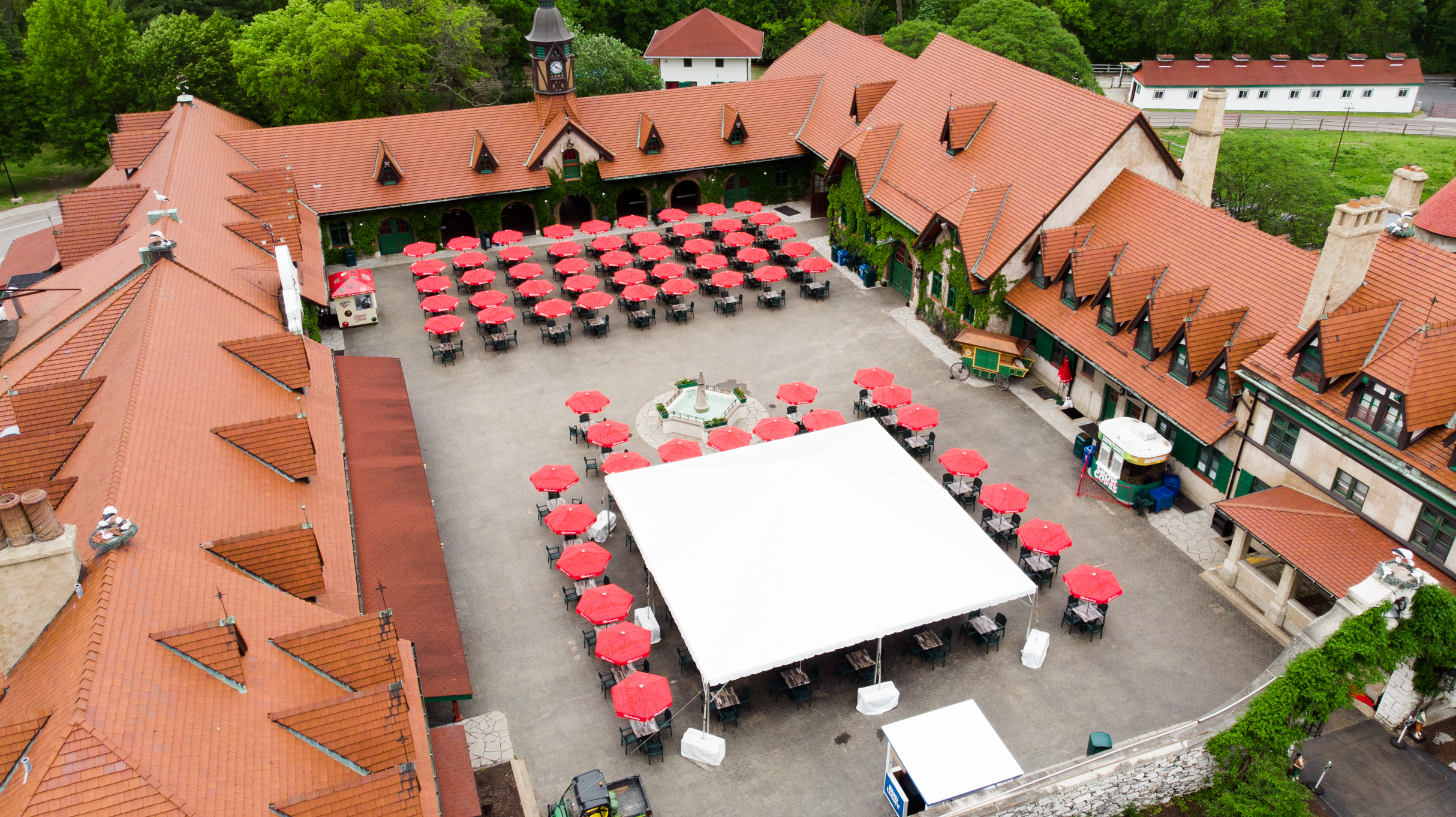
Gravois Greenway (Grant's Trail)Grant's Trail was once the Kirkwood-Carondelet Branch of the Missouri Pacific Railroad, constructed in 1872 during Ulysses S. Grant’s ownership of the property. Today it's a ten-mile bike trail that runs adjacent to Ulysses S. Grant NHS. 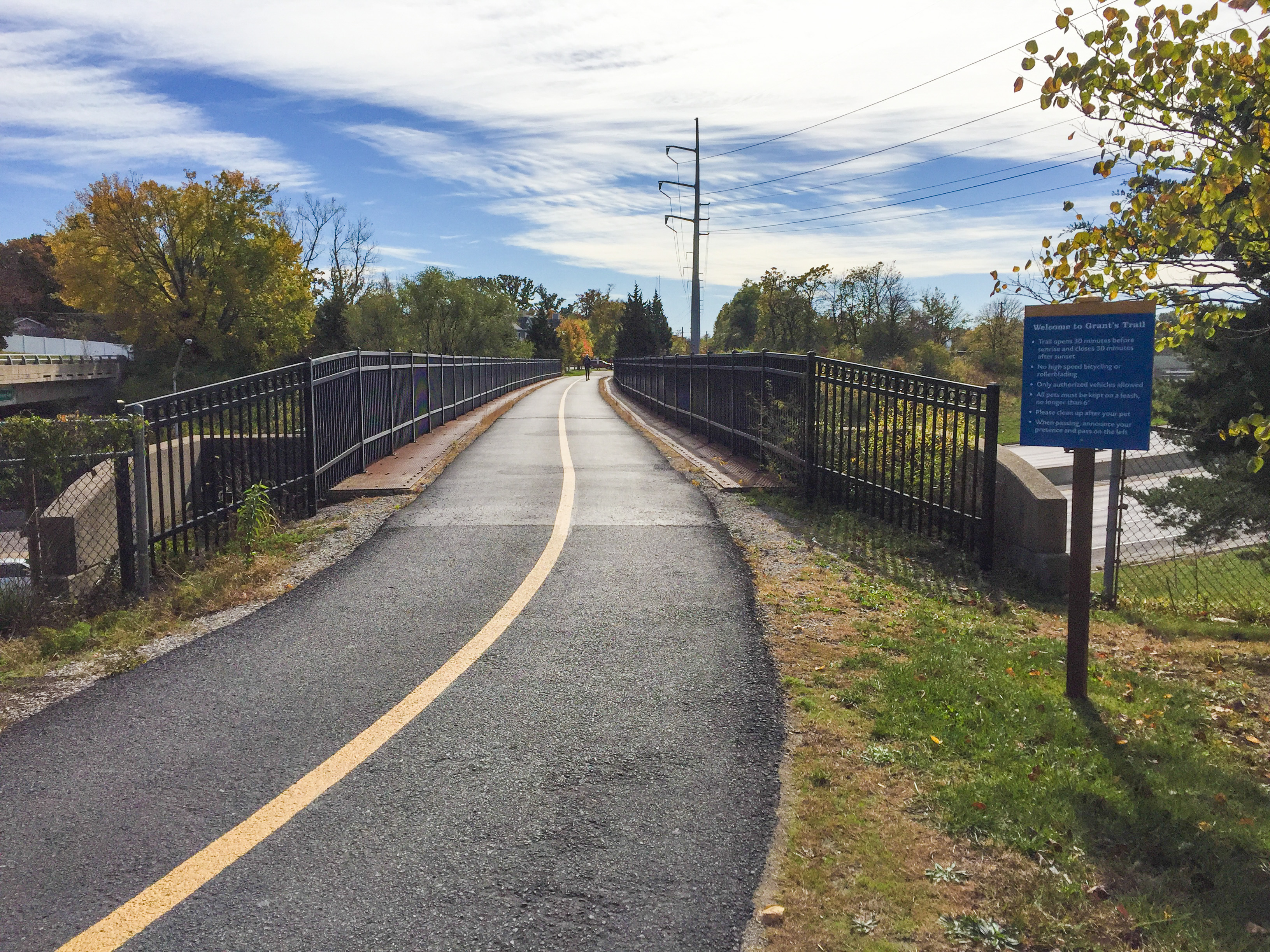
Hardscrabble: The House That Grant BuiltWhile living at the White Haven property in St. Louis, Missouri, Ulysses S. Grant constructed a log cabin named "Hardscrabble." Despite taking more than a year to build the house, the Grant family only lived in it for three months in late 1856. Hardscrabble nevertheless remains a living legacy to Grant's life as a St. Louis farmer. 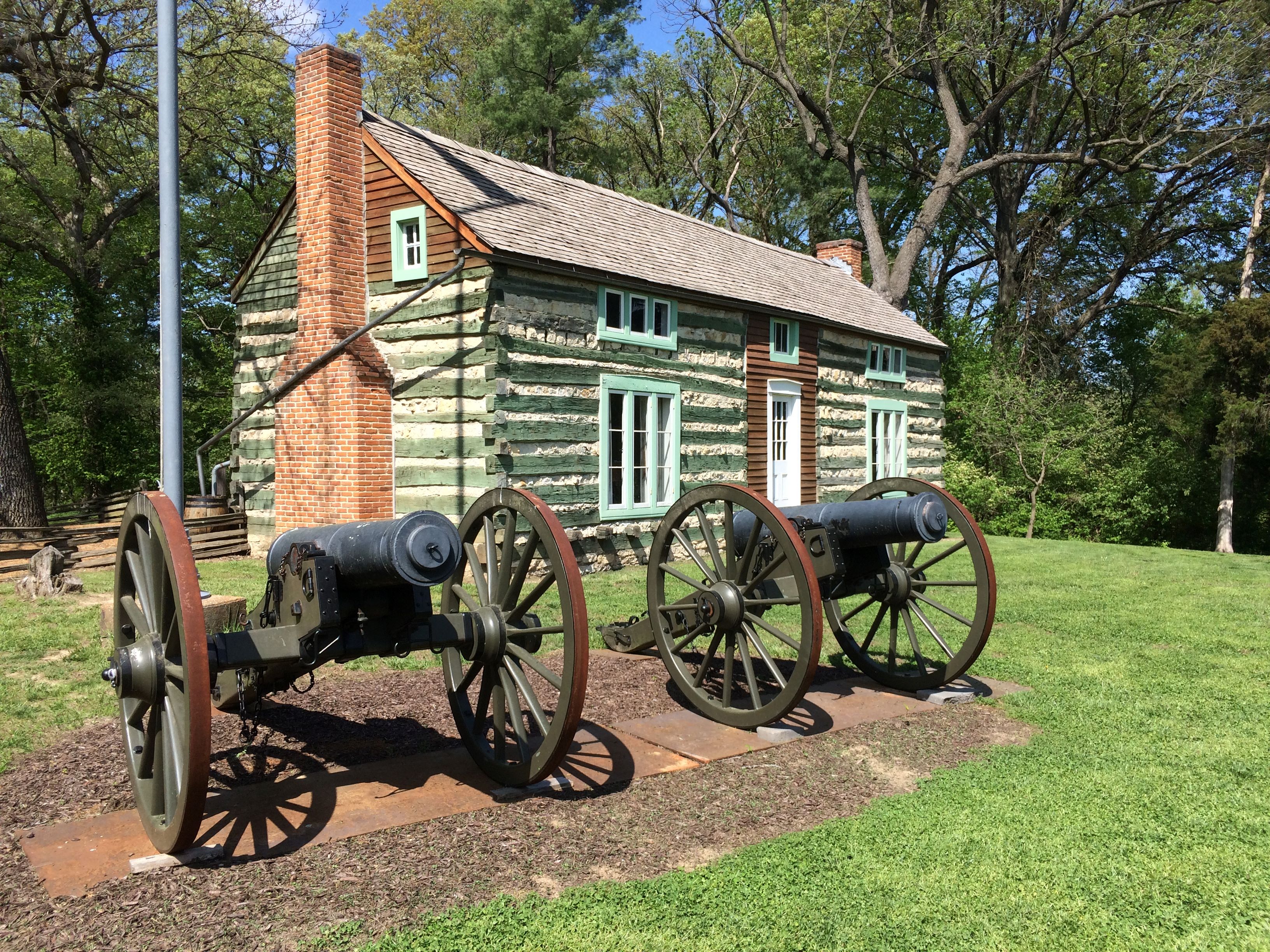
Ice House and Chicken HouseThe ice house and chicken house are two of the remaining outbuildings from White Haven. The ice house was built around 1840 and the chicken house dates from 1850 to 1870. 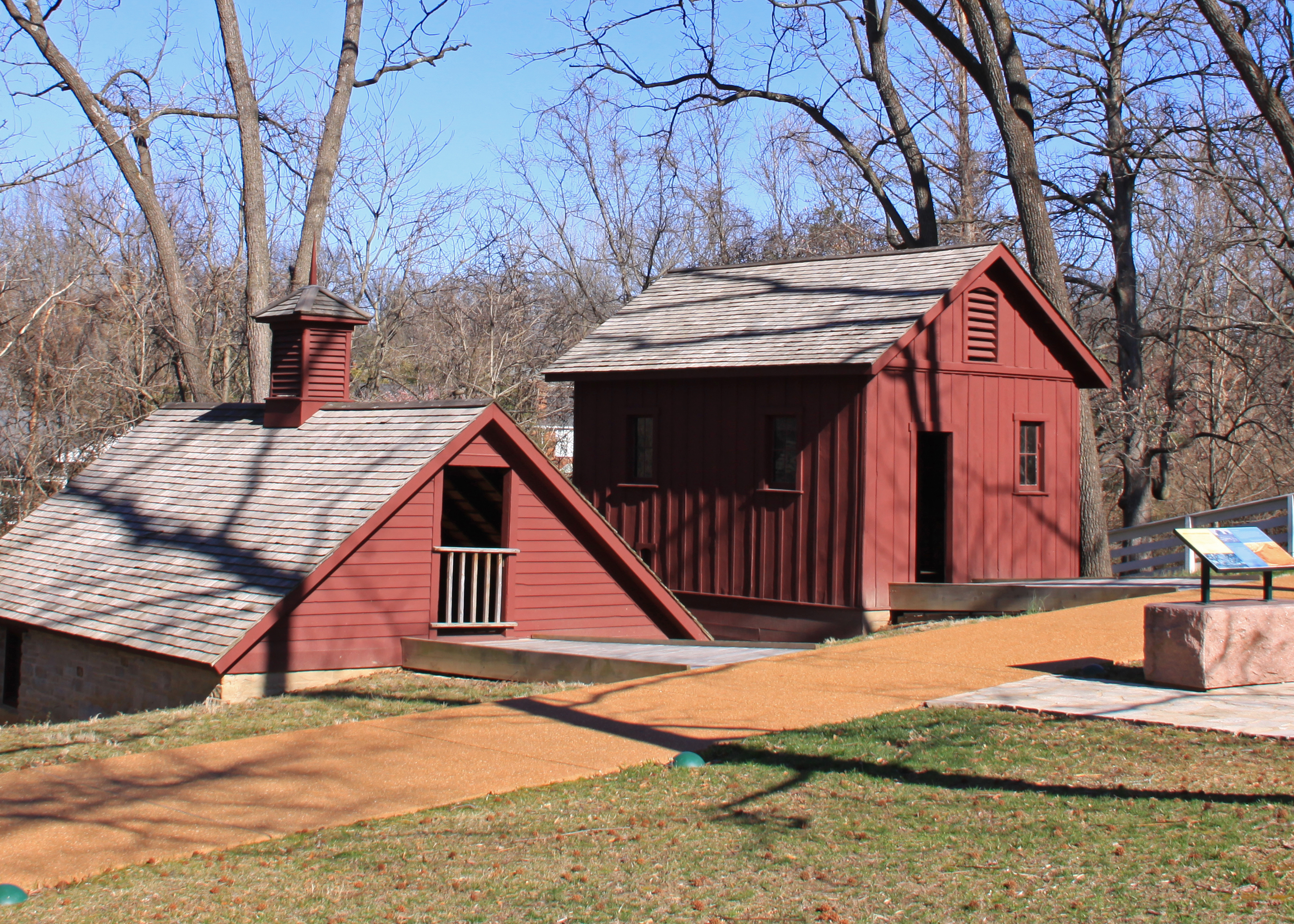
Jefferson BarracksOriginally an active military base from 1826 through the end of World War II, Jefferson Barracks was Ulysses S. Grant's first deployment with the U.S. Army after graduating from West Point in 1843. Today the site features a recreational park, a National Cemetery, and the Missouri Civil War Museum. 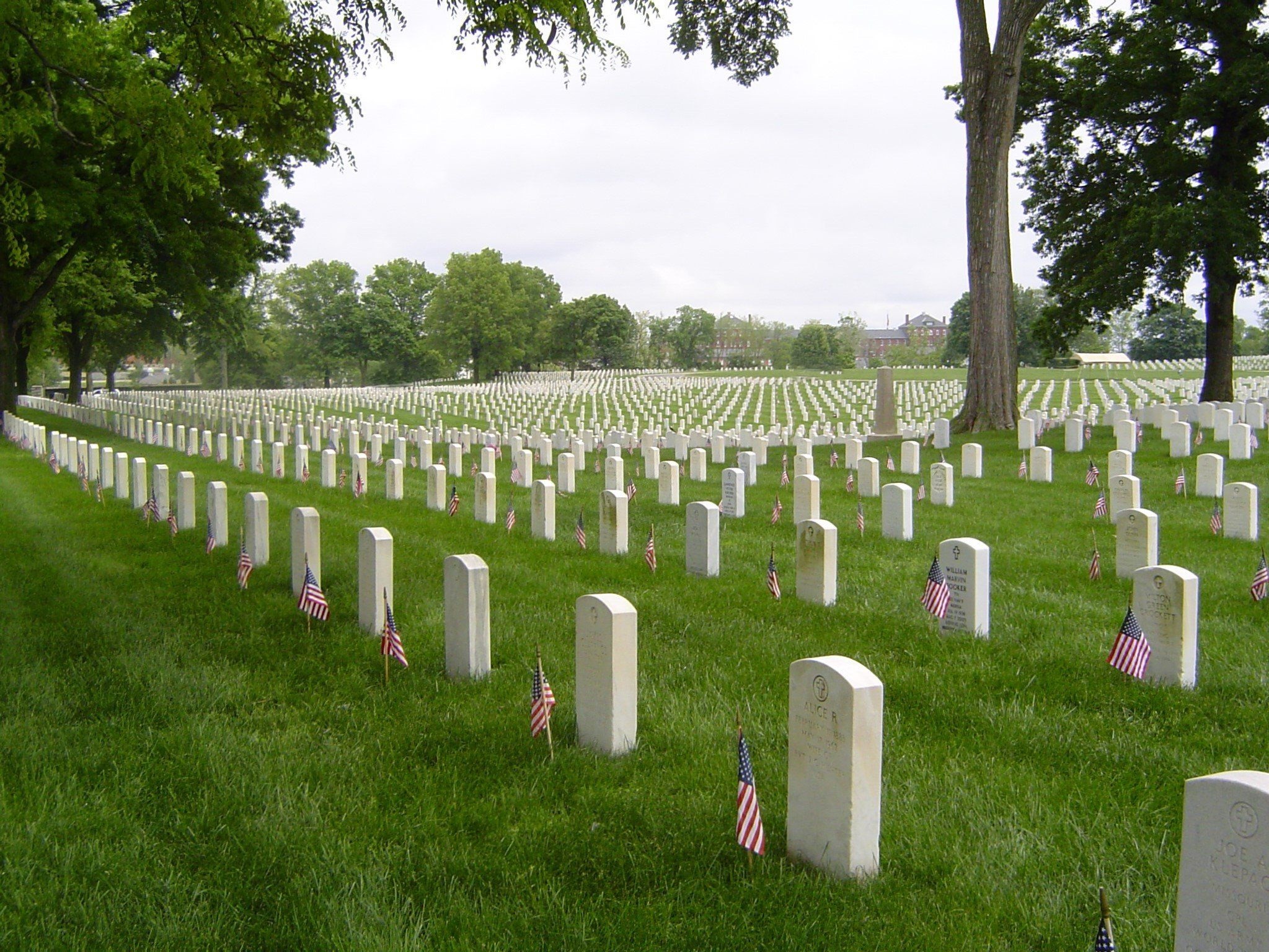
Stable at White HavenHistoric stable designed by Grant while President of the United States. He had plans for establishing a horse-breeding farm at White Haven. Today, the structure houses the park's museum exhibits. 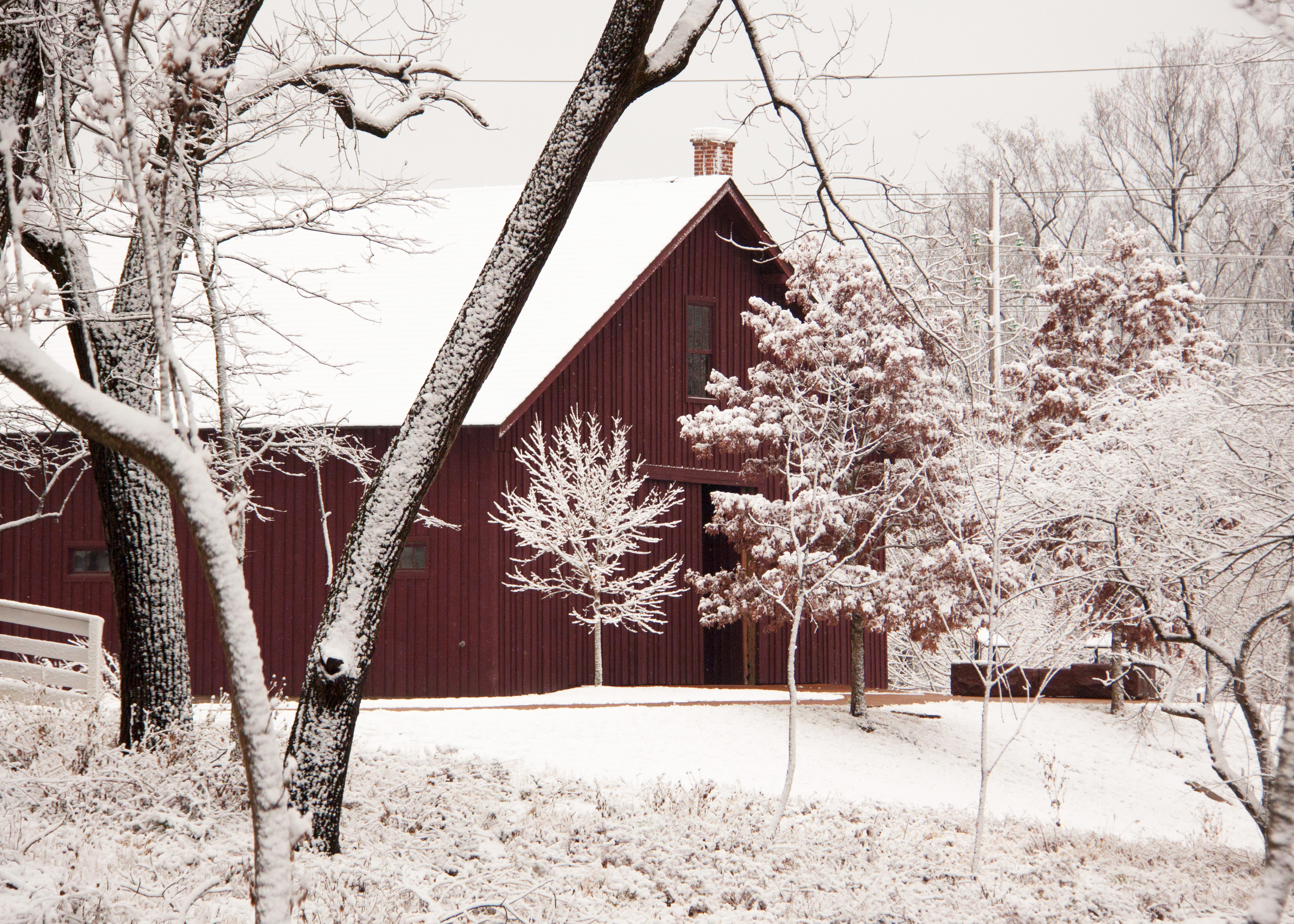
Summer KitchenThis stone building, located behind White Haven, consists of two rooms. Before the Civil War, the enslaved used this building for laundry and summer cooking. 
Sweetgum Trees at Ulysses S. Grant NHSSweetgum trees are common throughout Missouri. Many visitors to Ulysses S. Grant National Historic Site are fascinated by the spiky "Sweetgum Balls" that these trees produce. 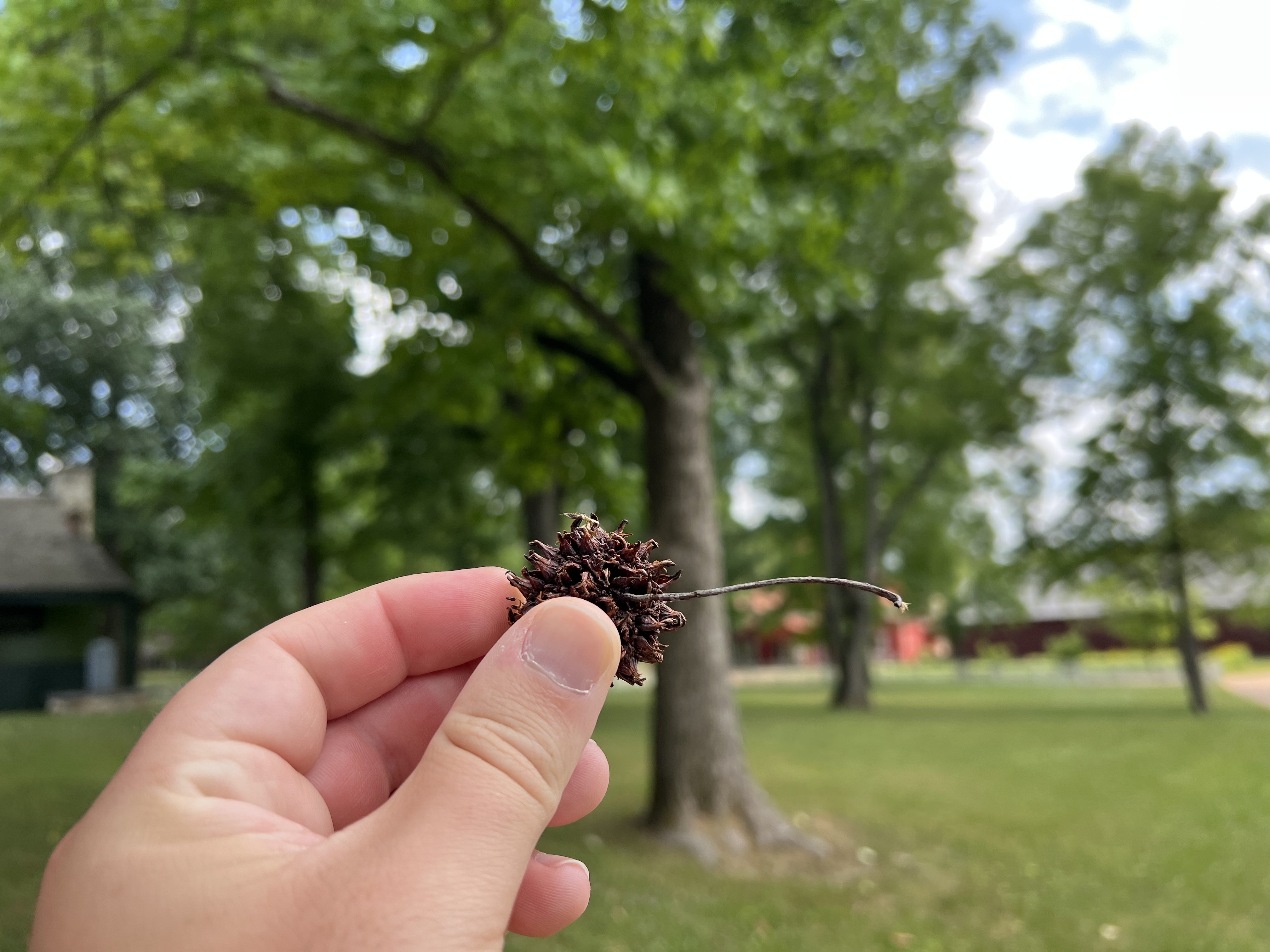
Thomas Sappington House MuseumThe Sappingtons were a prominent family that lived in St. Louis for most of the 19th century. The Sappingtons were well-acquainted with the Grant and Dent families. Today the site offers guided tours of the history home and a farm-to-table restaurant serves breakfast and lunch at the site. 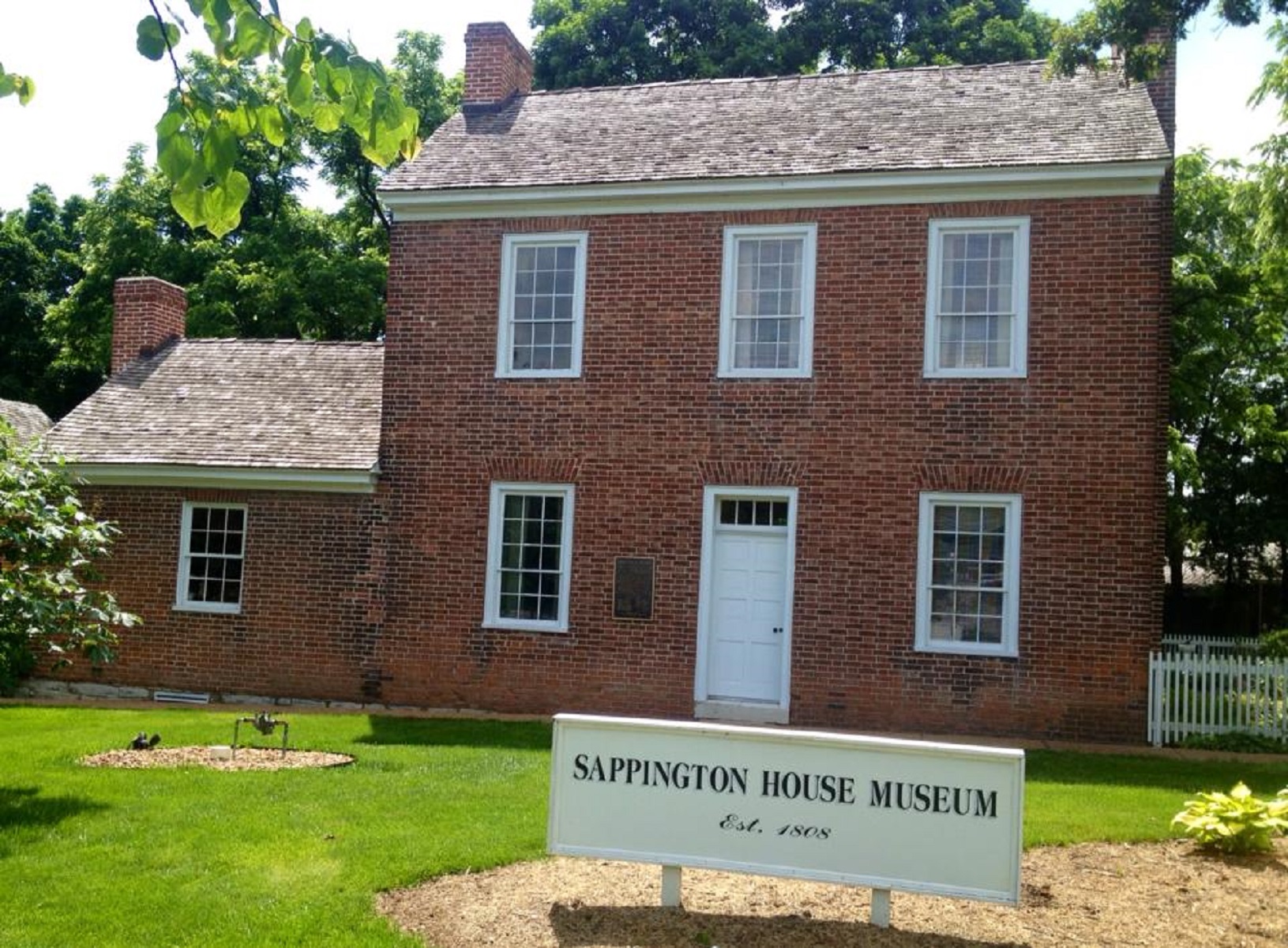
Ulysses S. Grant National Historic Site Park StoreWhen you visit Ulysses S. Grant National Historic Site, stop by the park store. There you’ll find a curated selection of quality educational products and books that will extend and enhance your park experience. 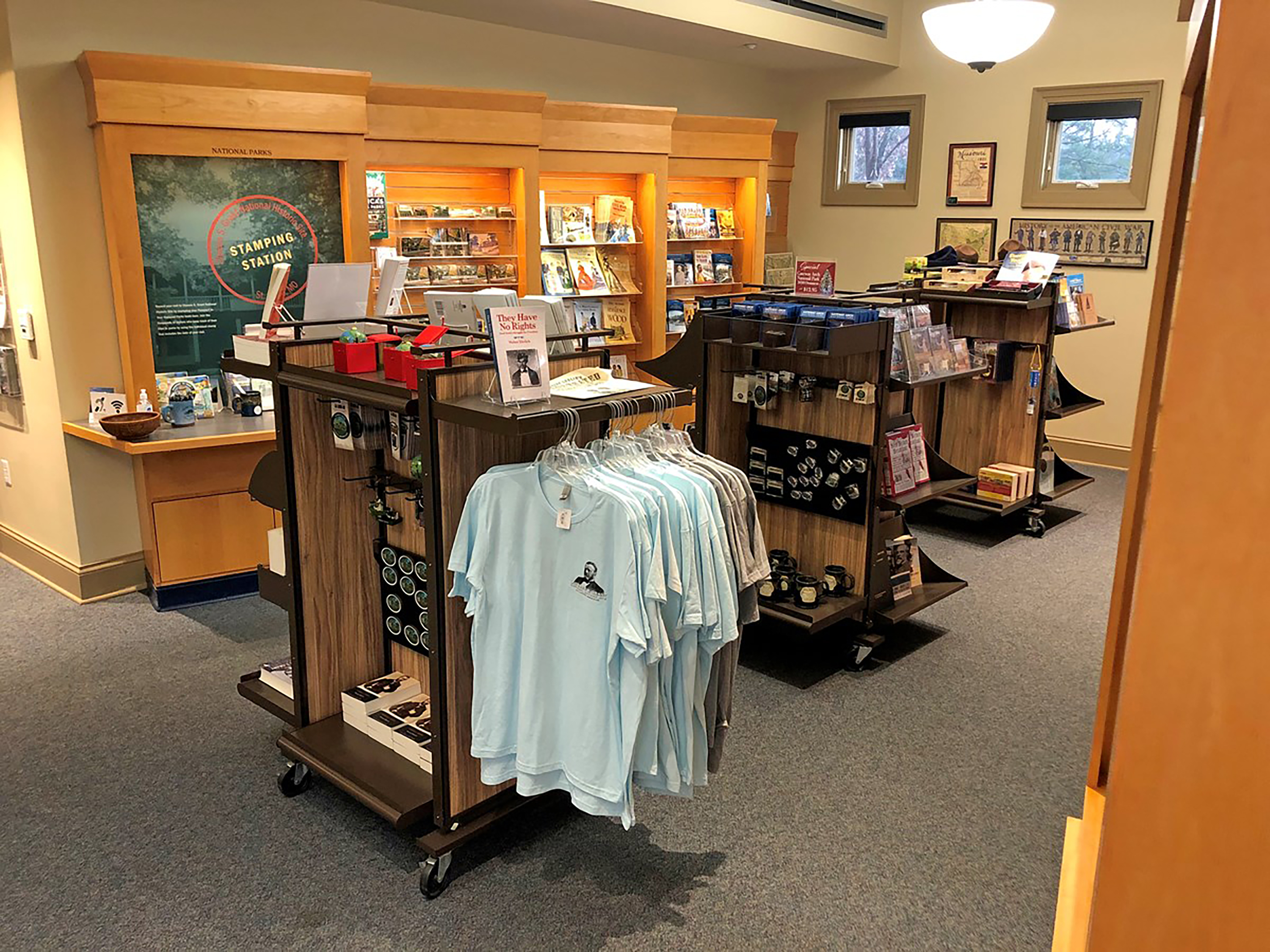
White HavenUlysses S. Grant, the victorious Civil War general who saved the Union and the 18th President of the United States, first met Julia Dent, his future wife, at her family home, named White Haven. Today, that home commemorates their lives and loving partnership against the turbulent backdrop of the nineteenth century. 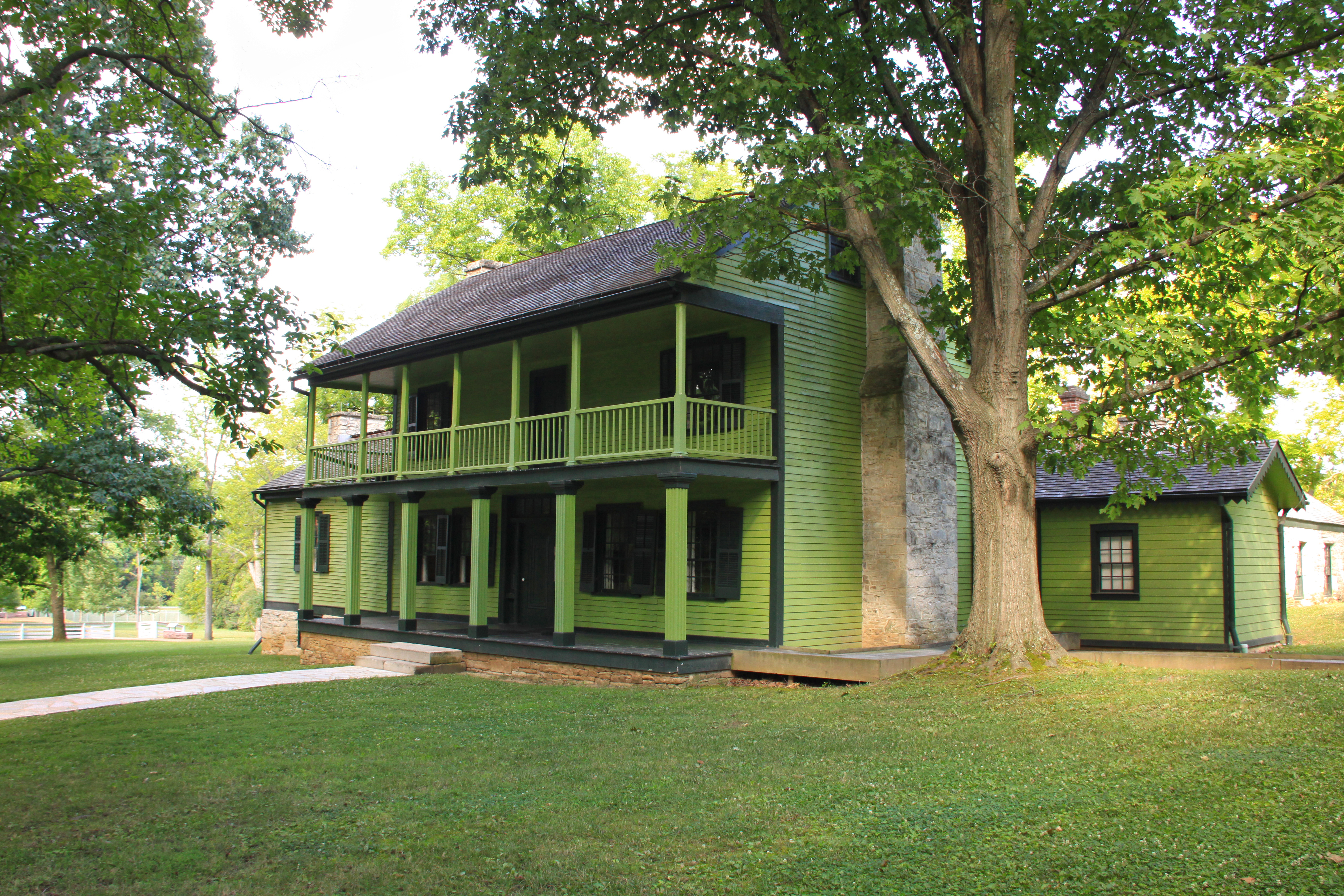
|
| Visitor Centers | Count: 1
Ulysses S. Grant National Historic Site Visitor Center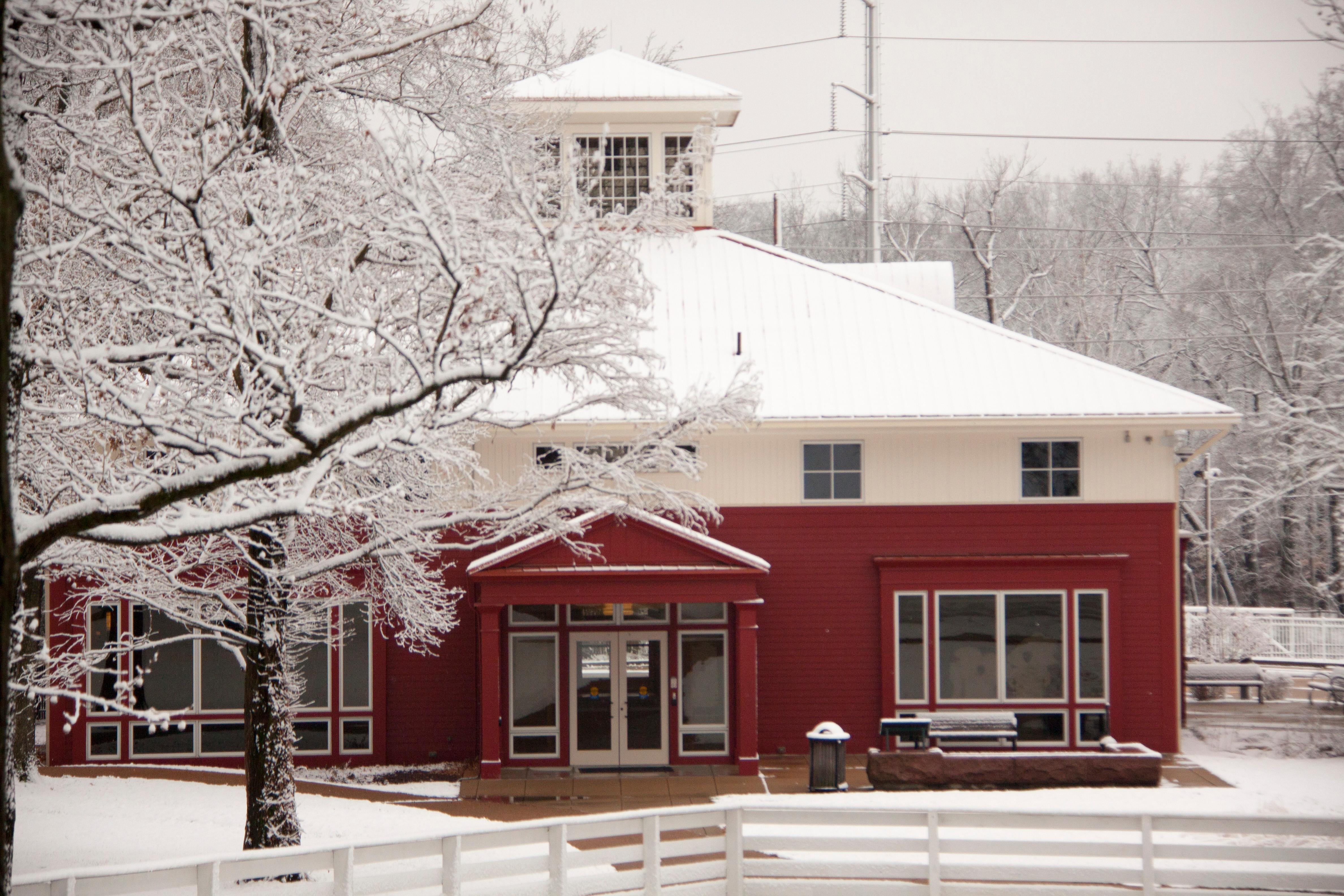
|
| Things to do | Count: 18
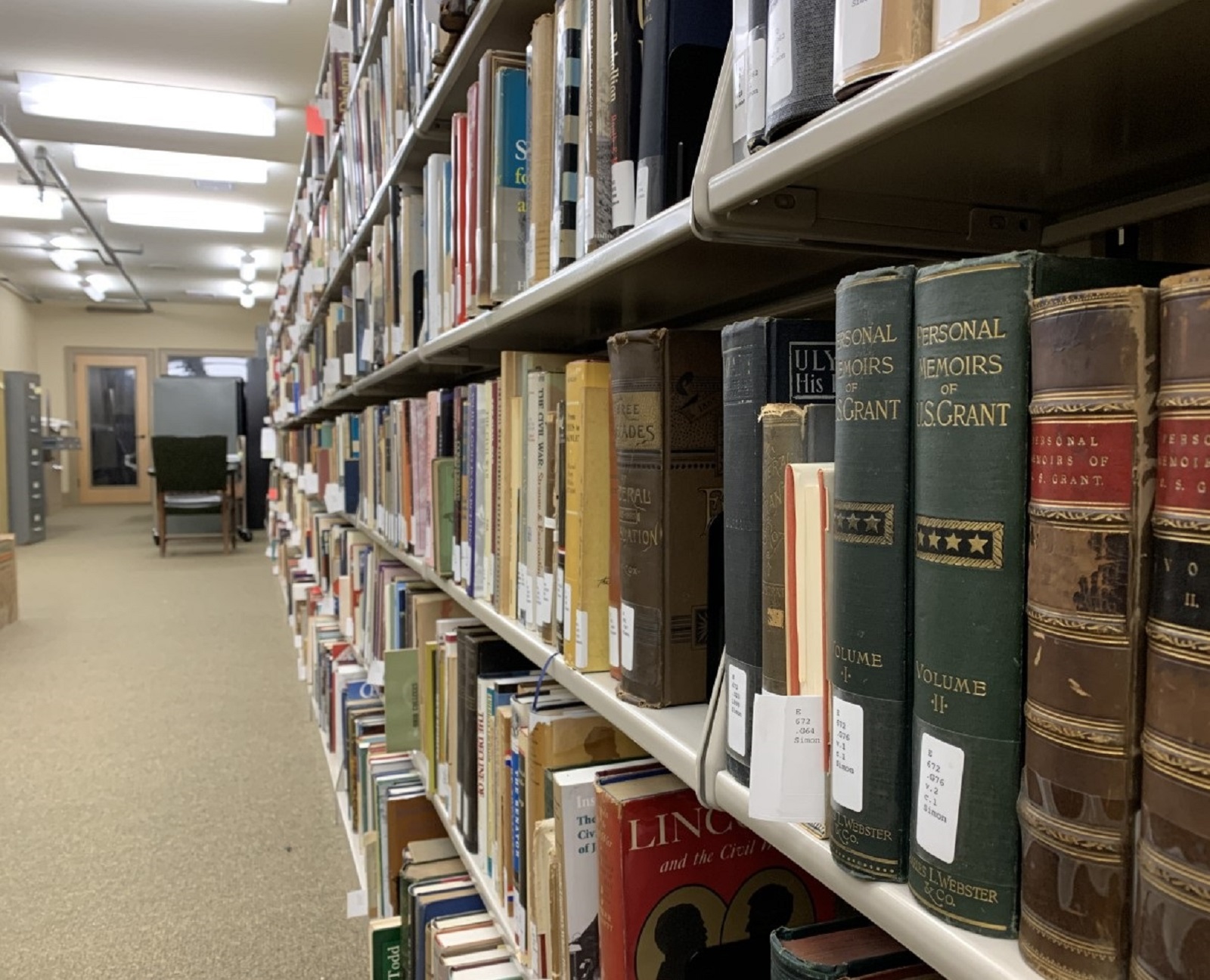
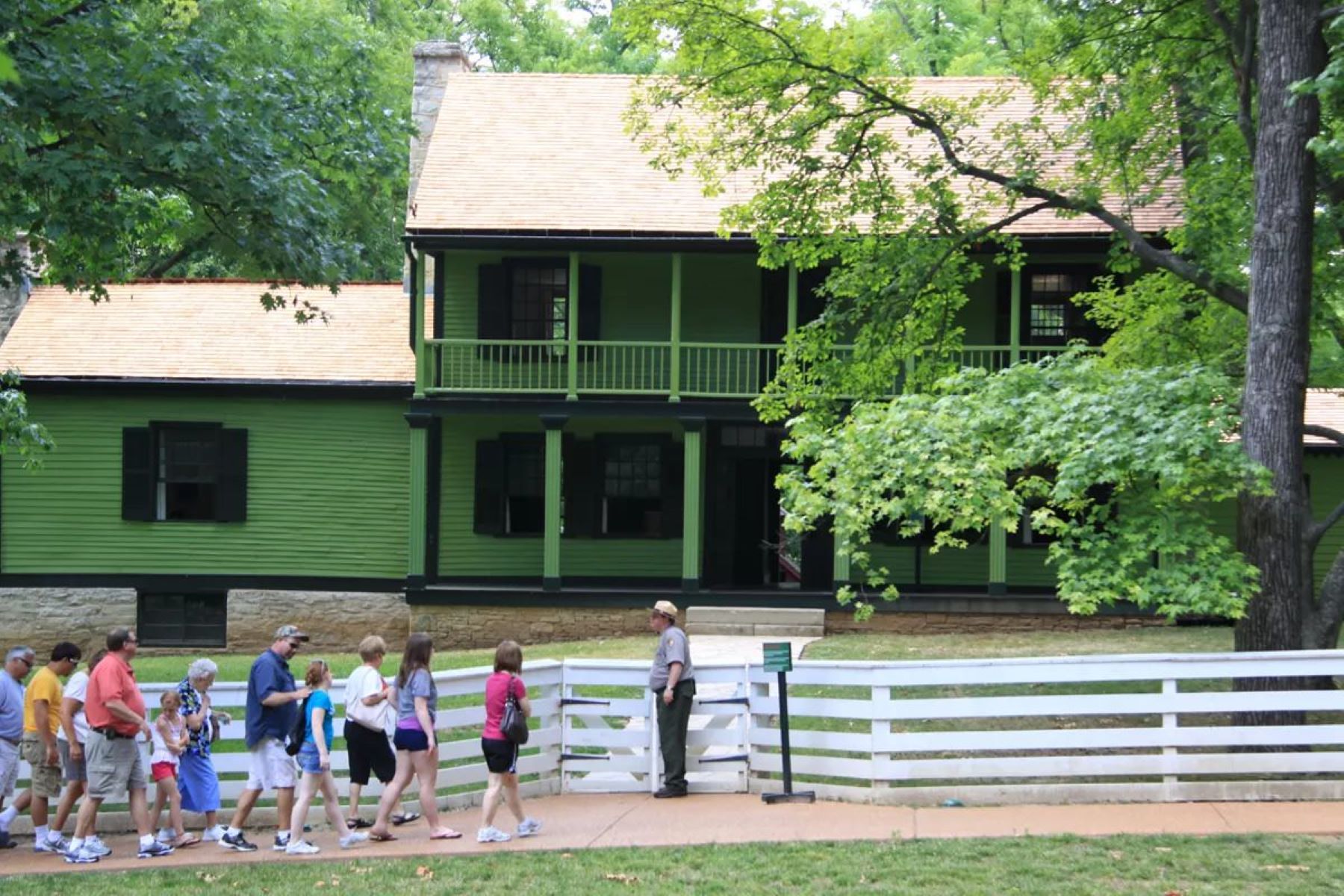
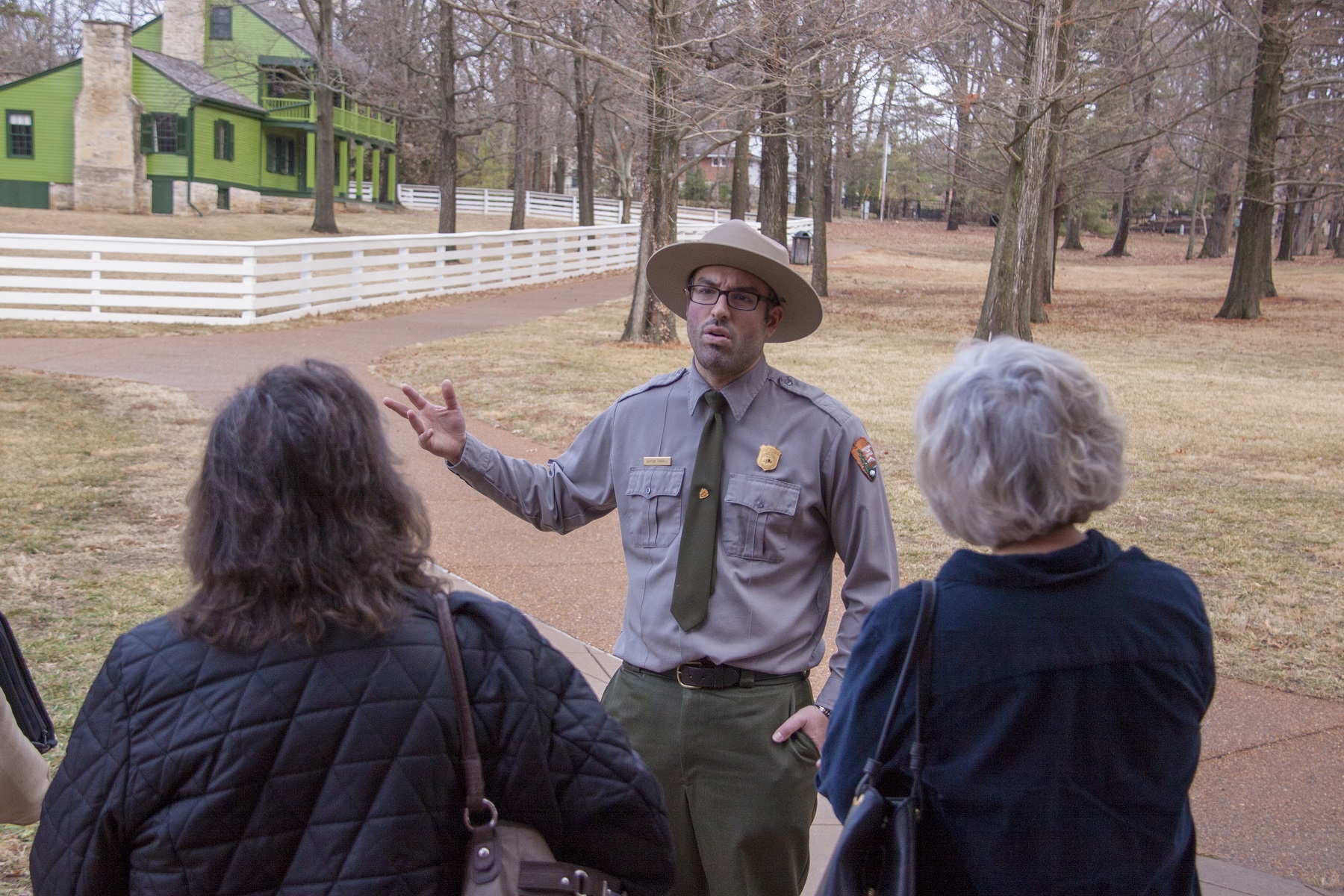
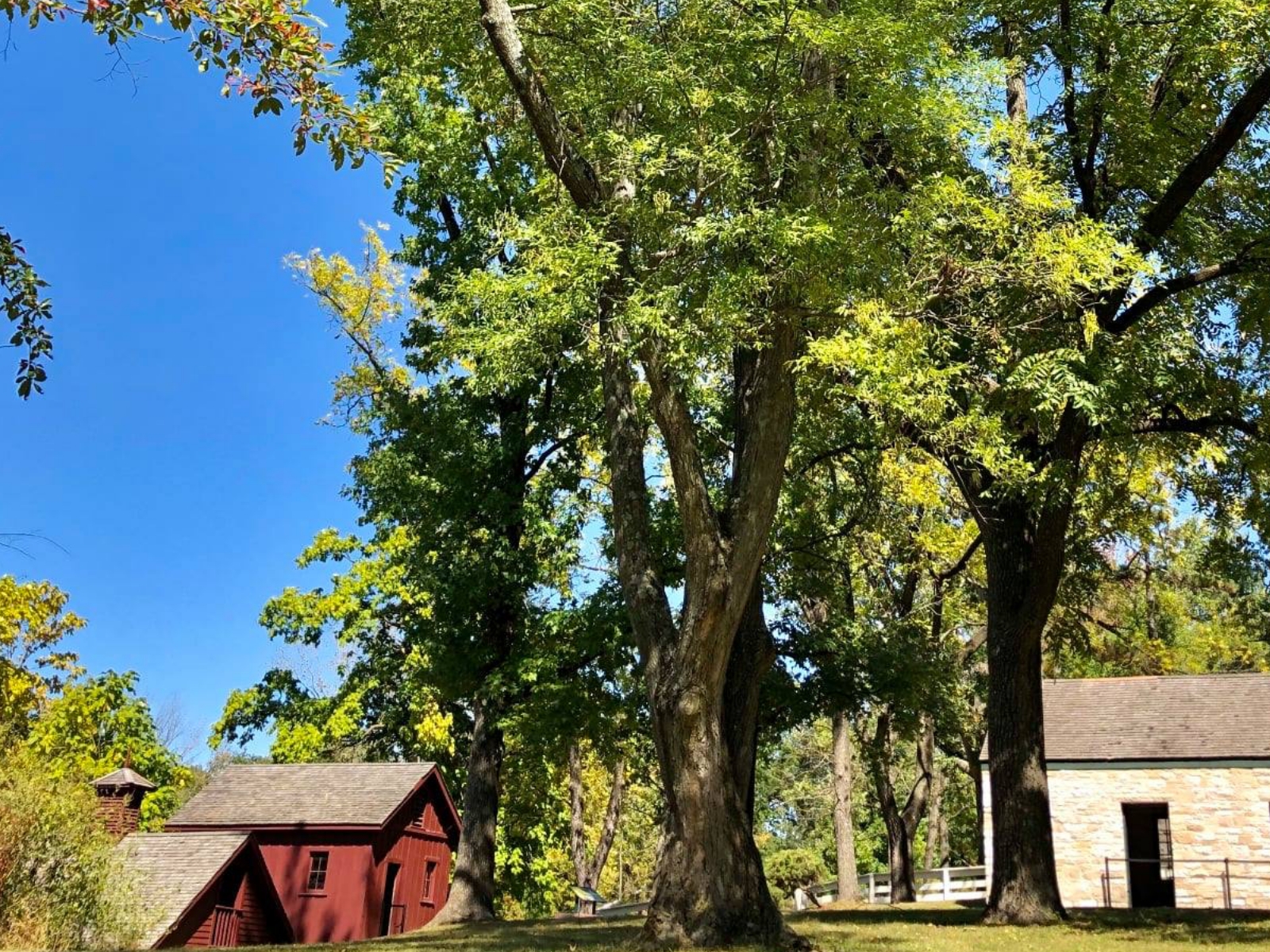
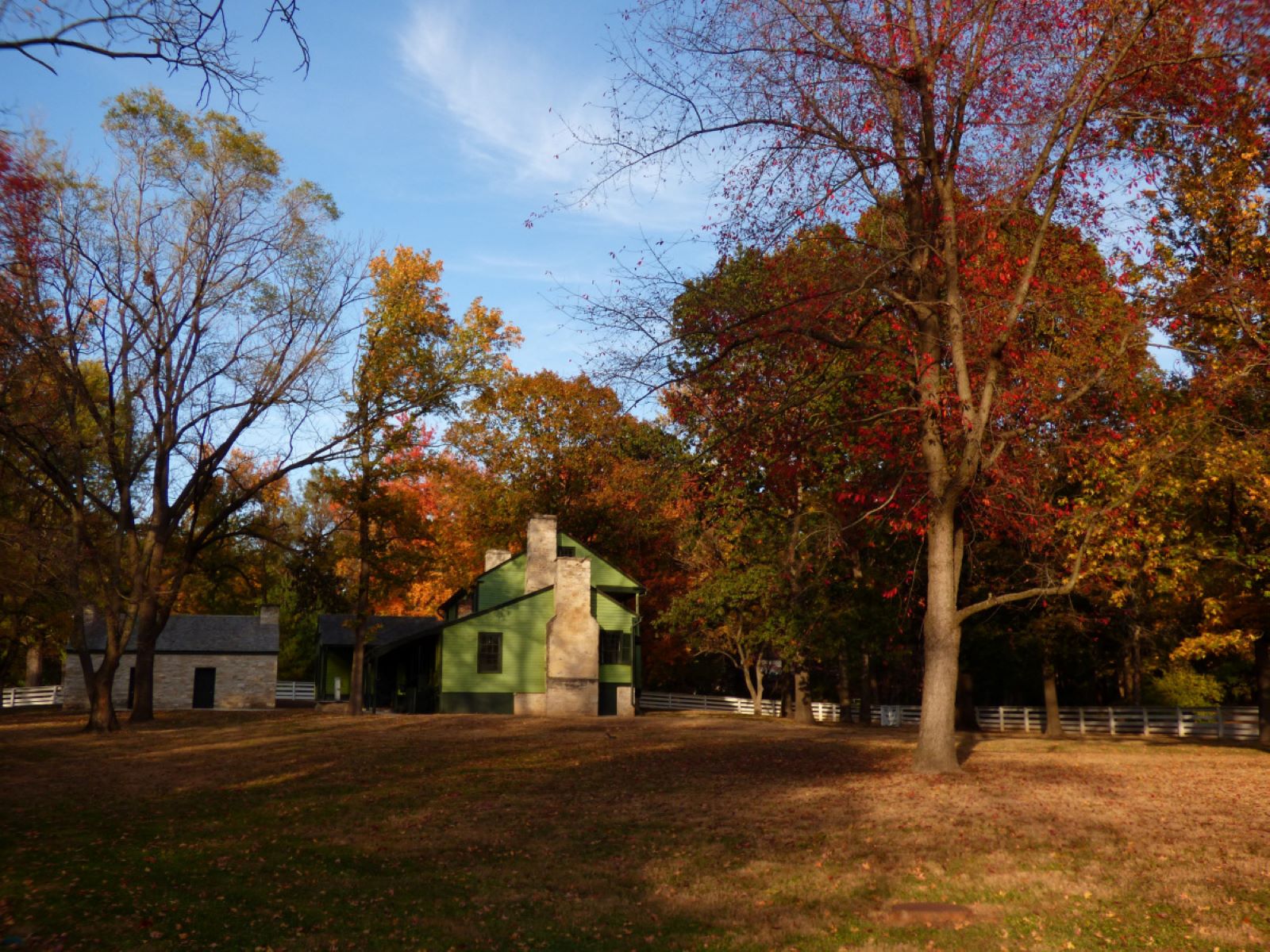
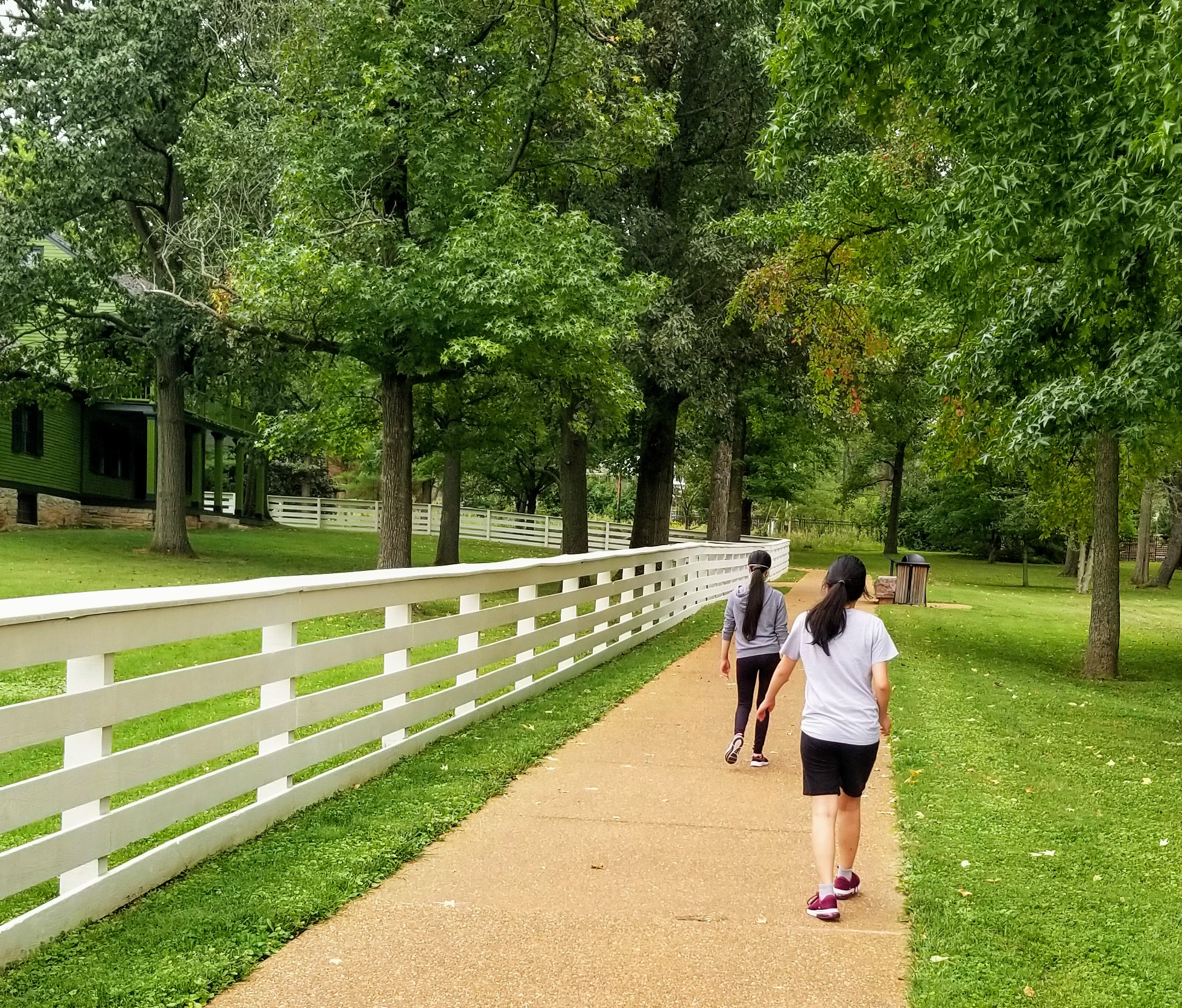
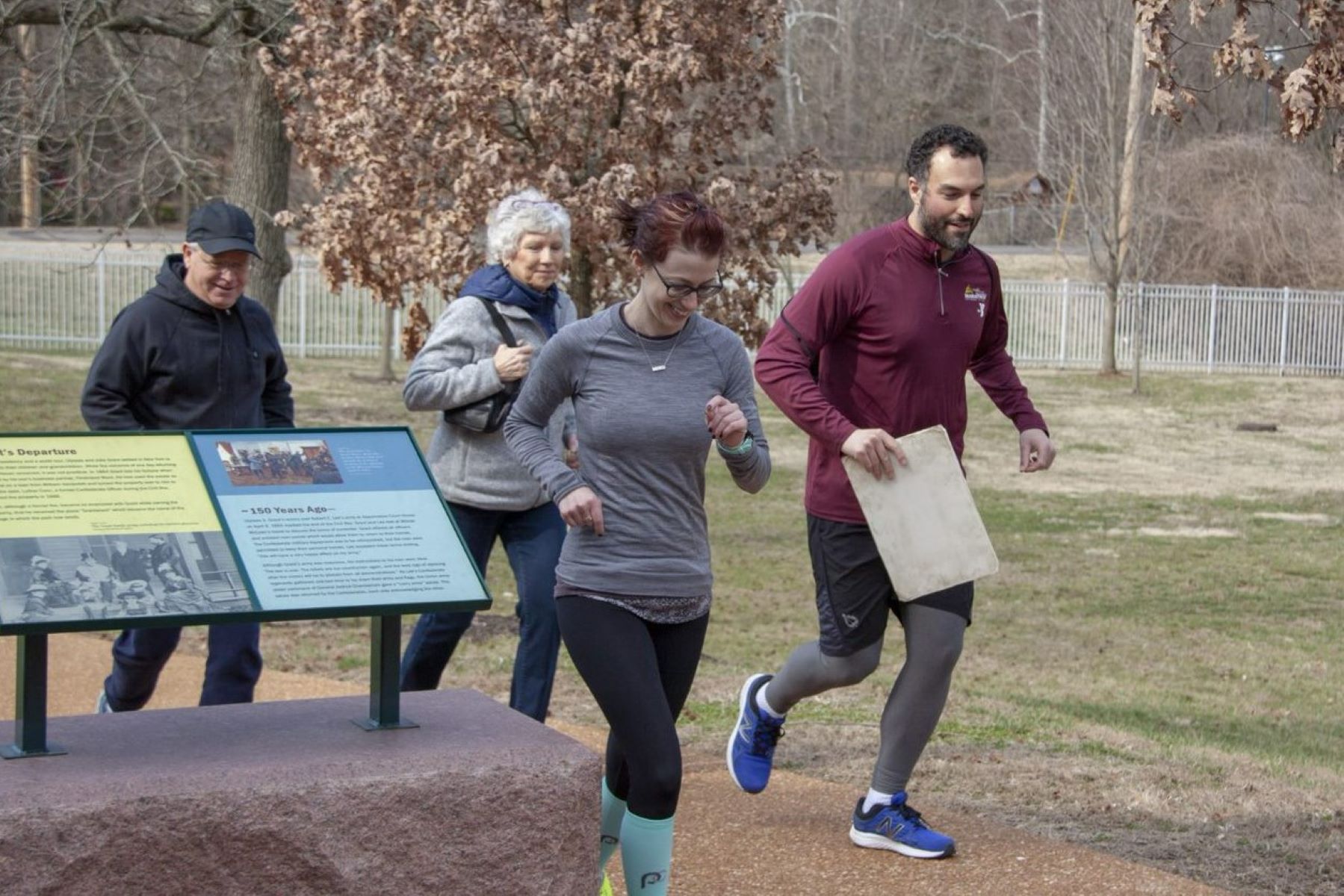
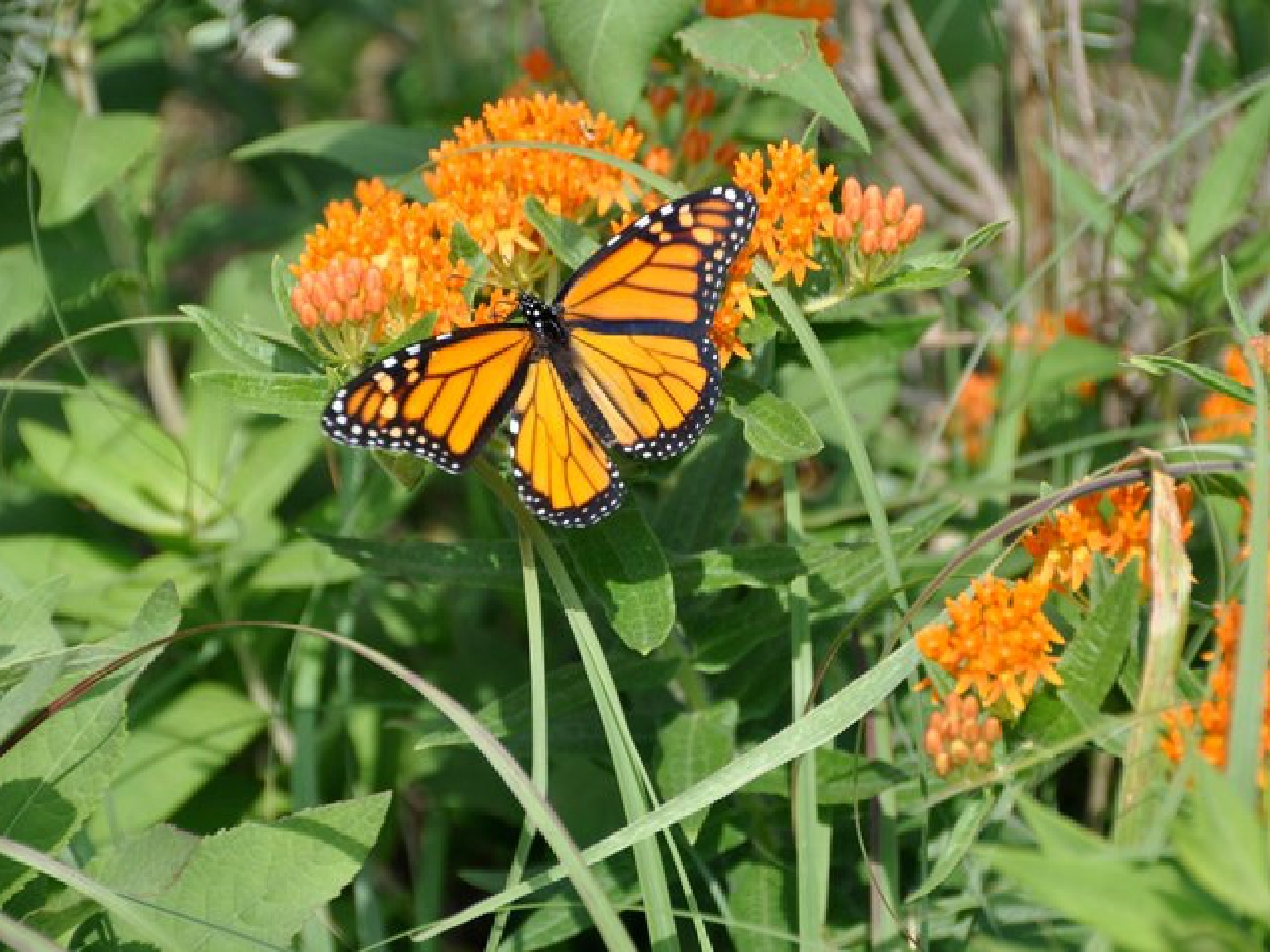
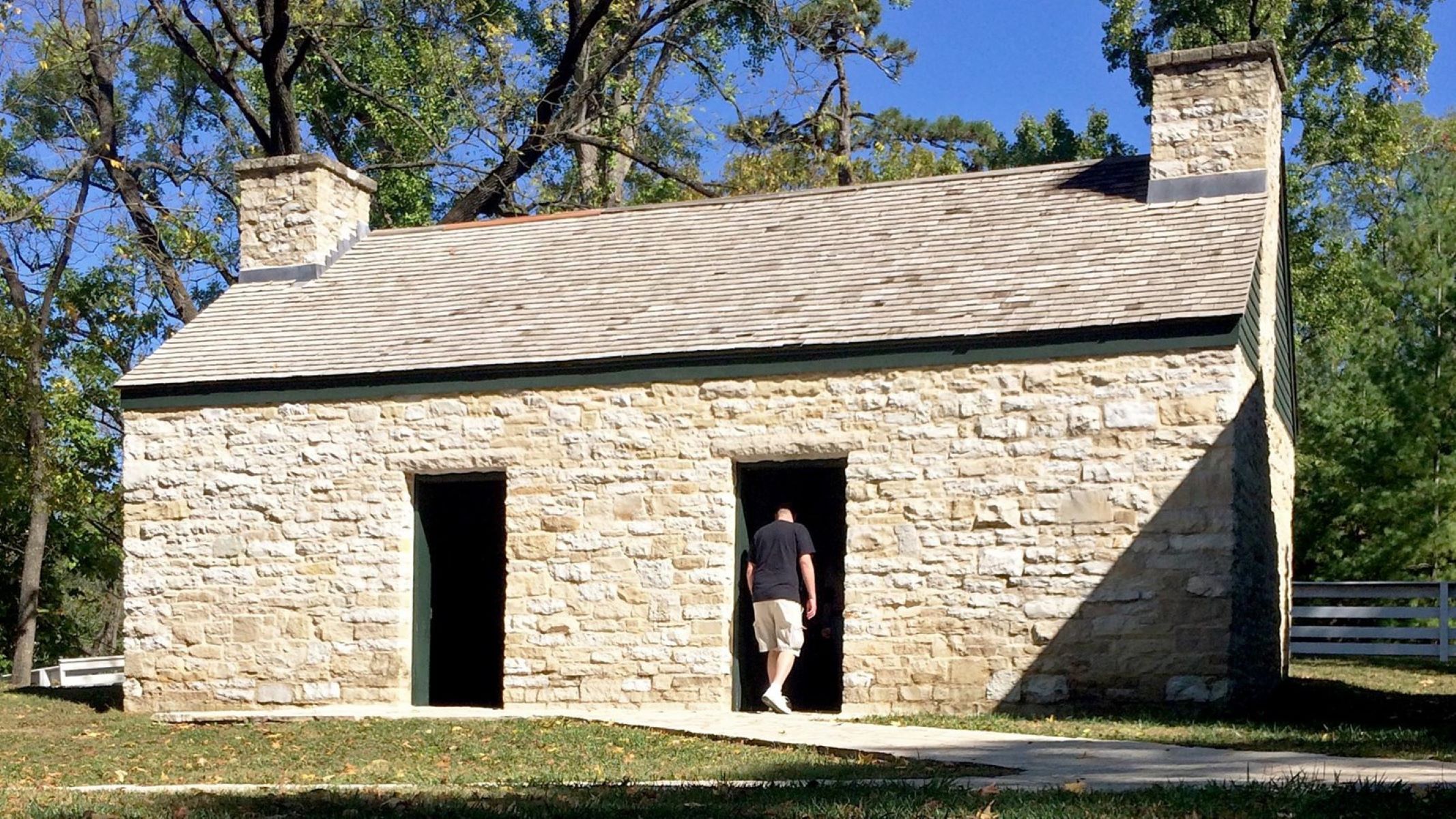
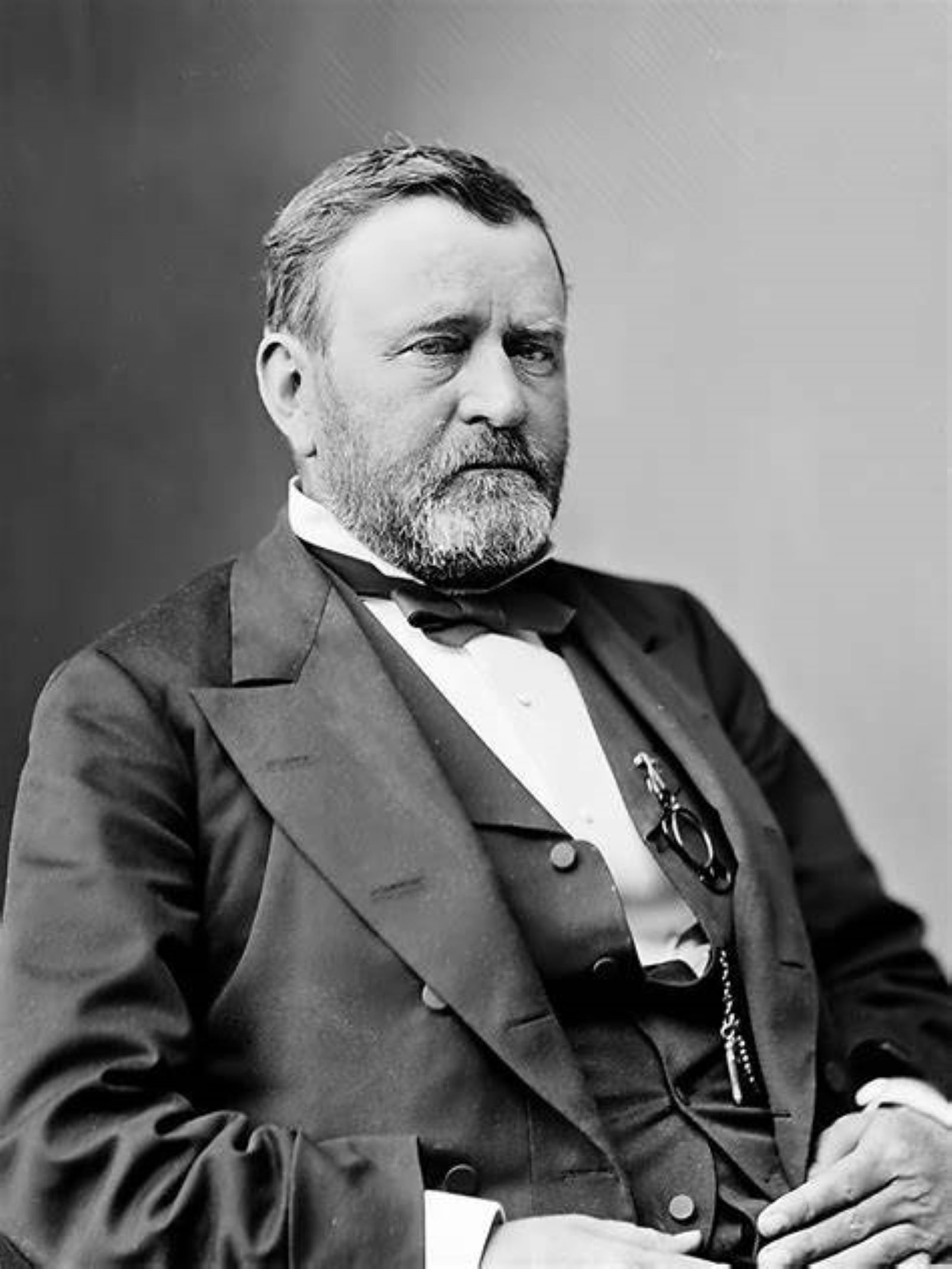
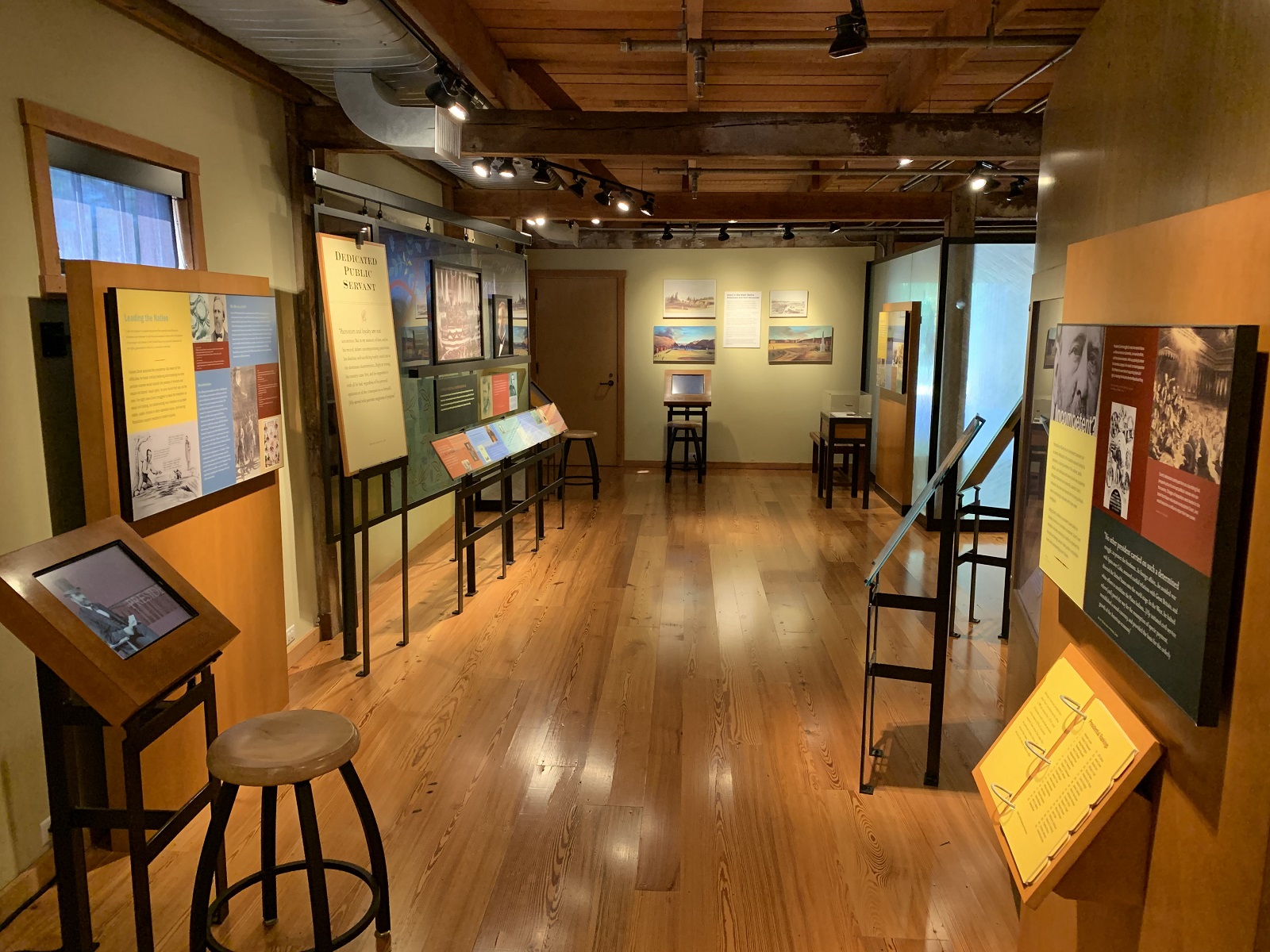

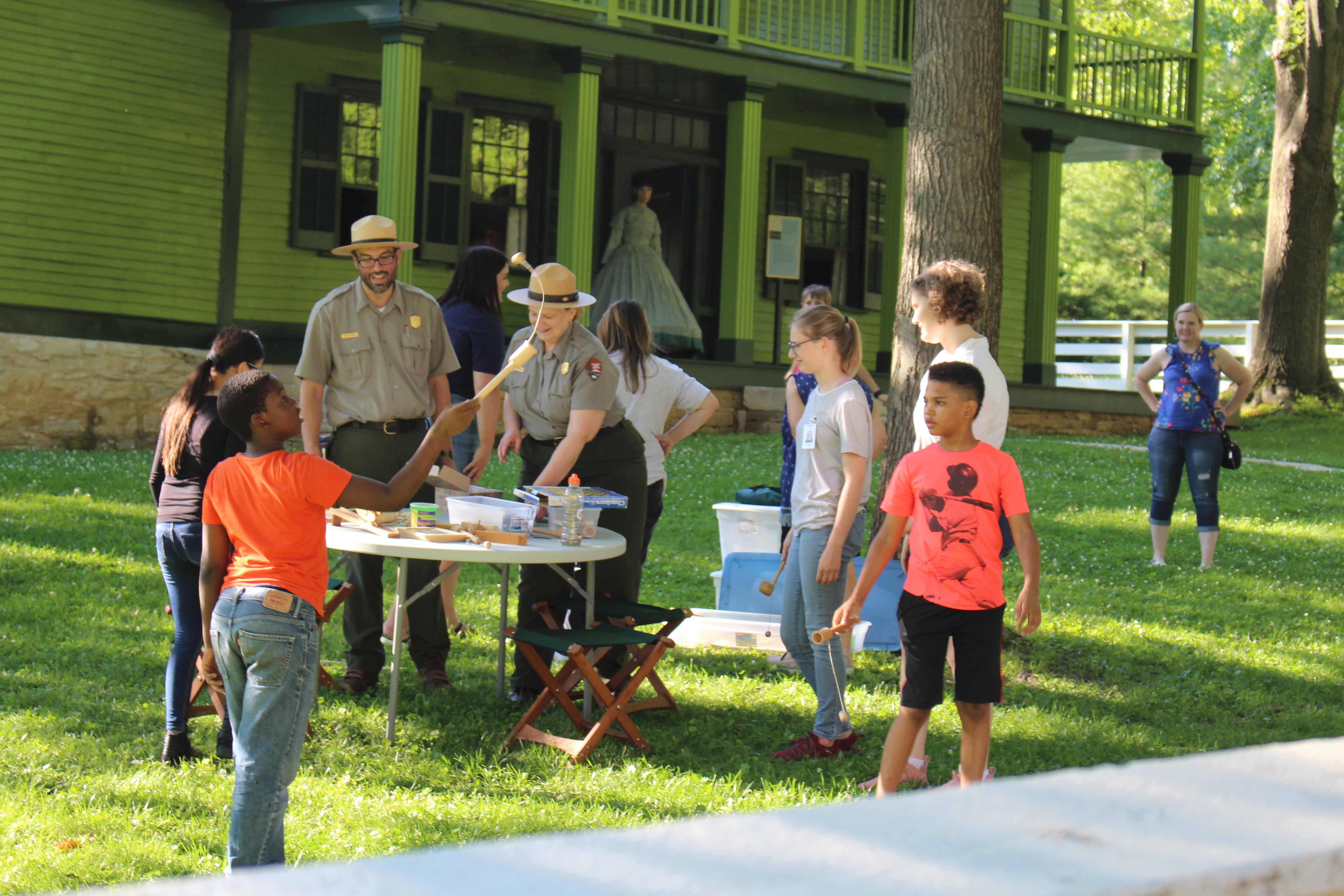
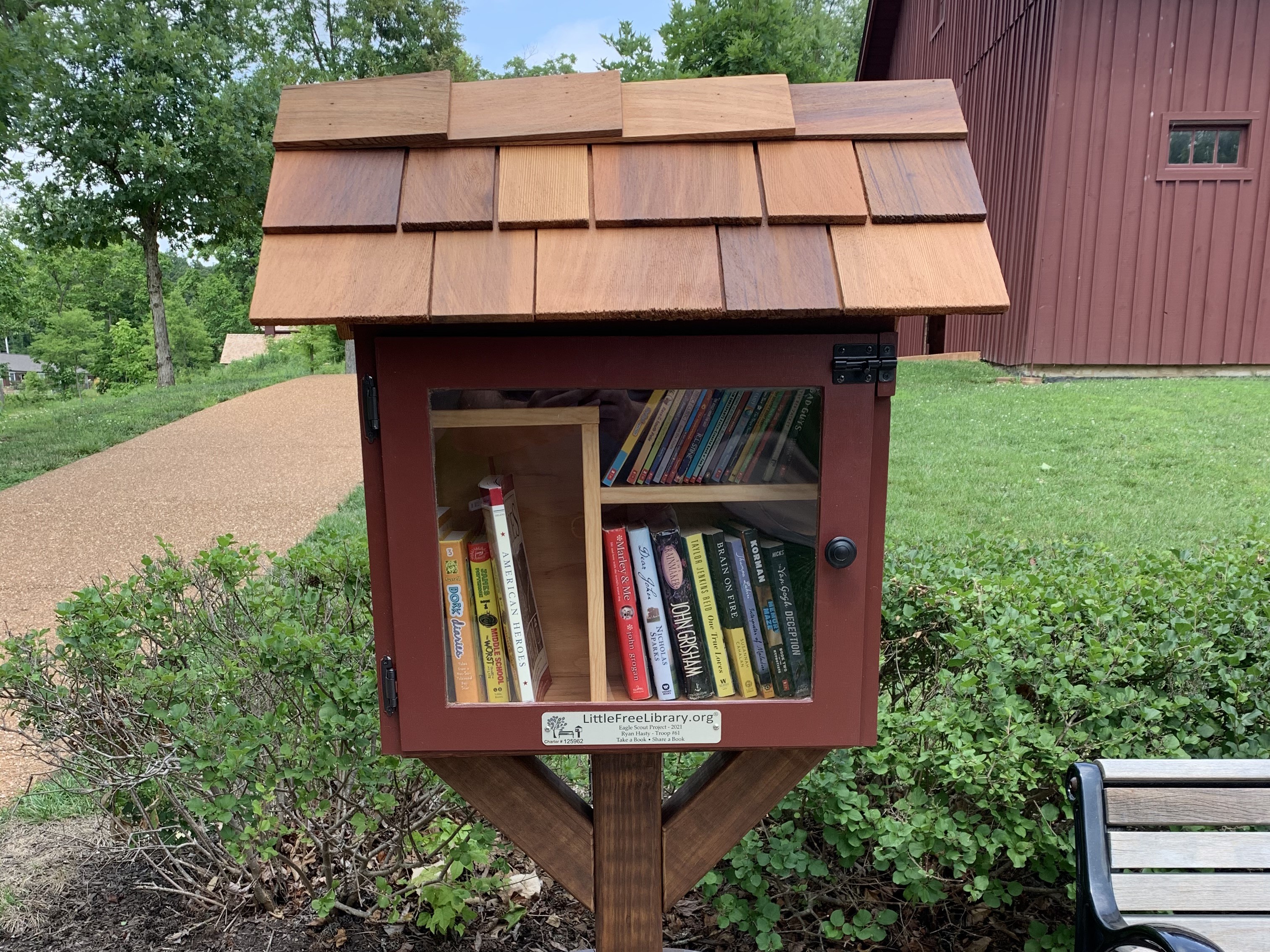
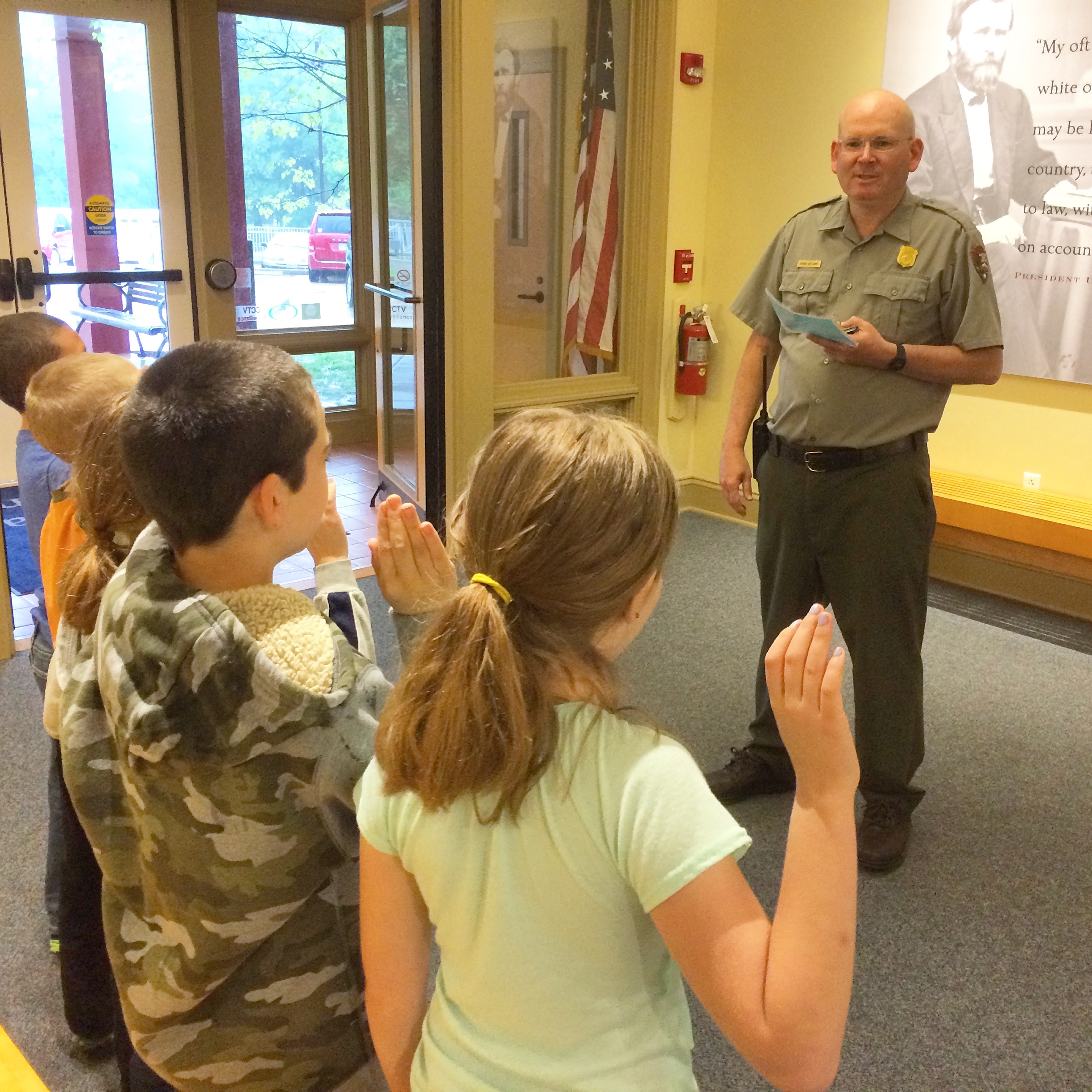
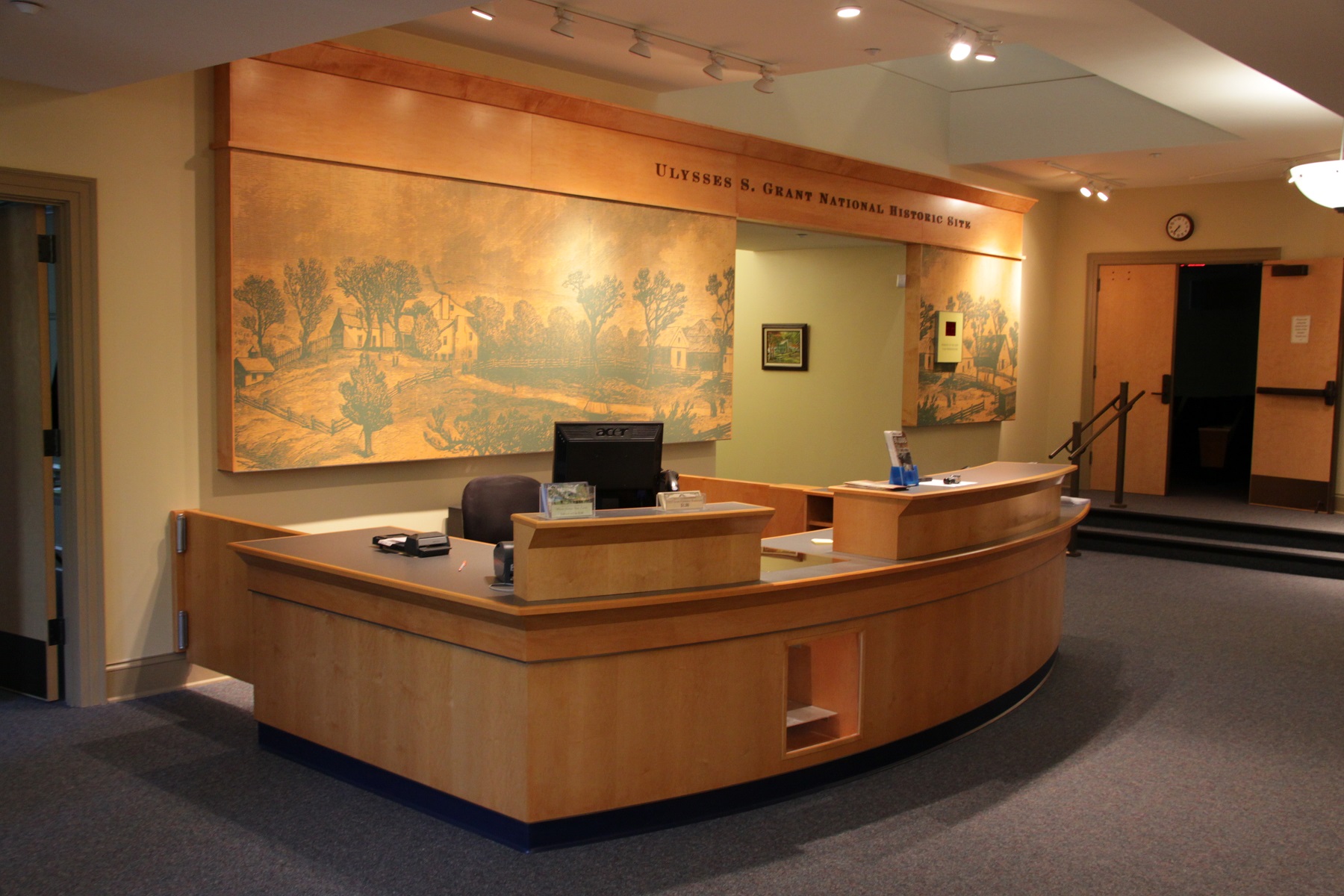
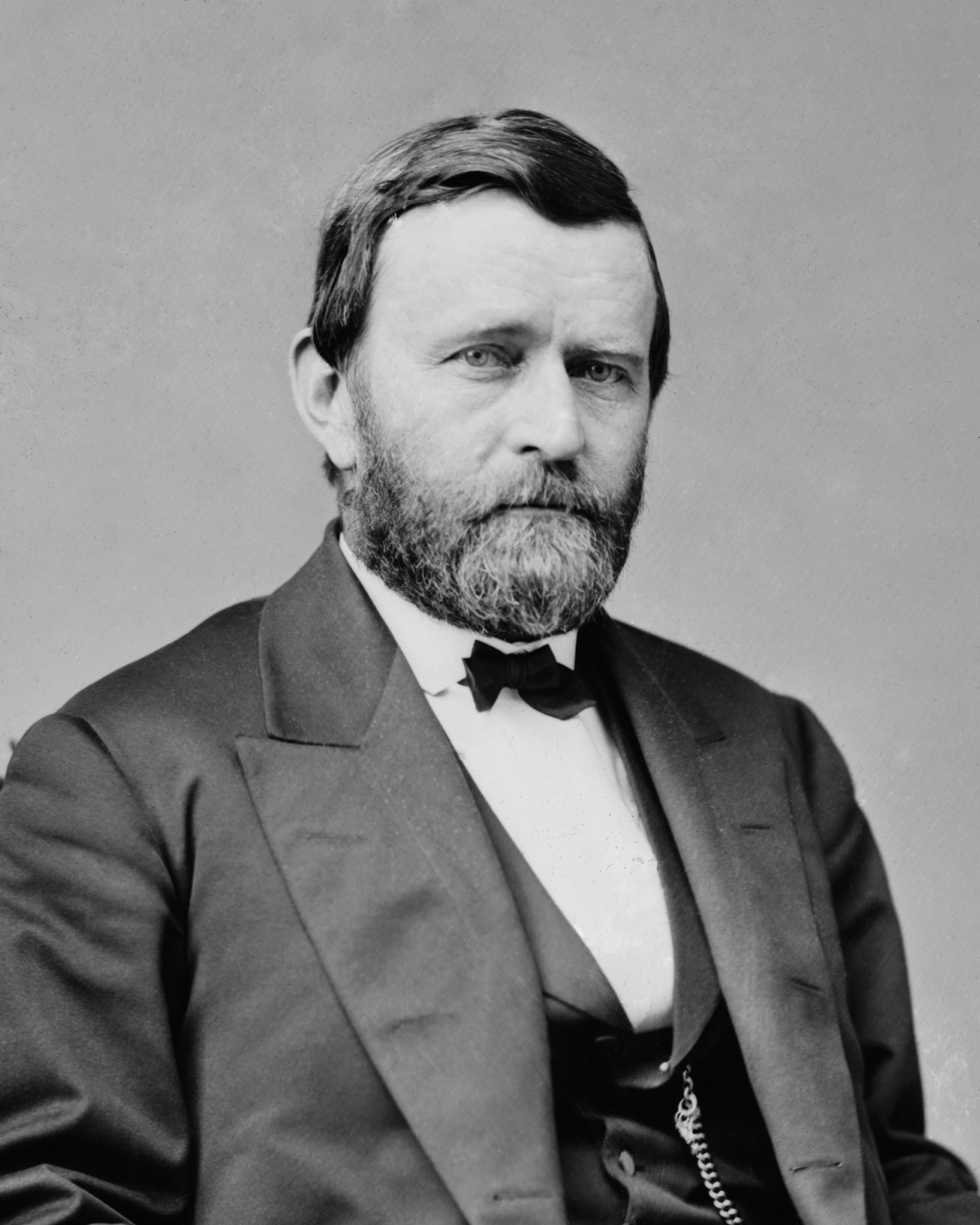

|
| Tours |
Count: 2
Historic Trees Walking TourThis self-guided walking tour introduces visitors to a number of unique and historic trees on the park's ten-acre property. At various points this tour takes visitors off the park's paved walking trail. Be sure to wear appropriate shoes and be aware of current weather conditions. Visit White HavenThe historic White Haven estate is the centerpiece of Ulysses S. Grant National Historic Site. Grant's home White Haven is open from 9:30 a.m. to 4:30 p.m. daily. There is no fee to see the home. Ranger talks about the home are usually offered at the top of each hour at the front porch, with the first program beginning at 10:00 a.m. and the last program at 4:00 p.m. Advance reservations are not required. |
| Articles |
|